Saved for later
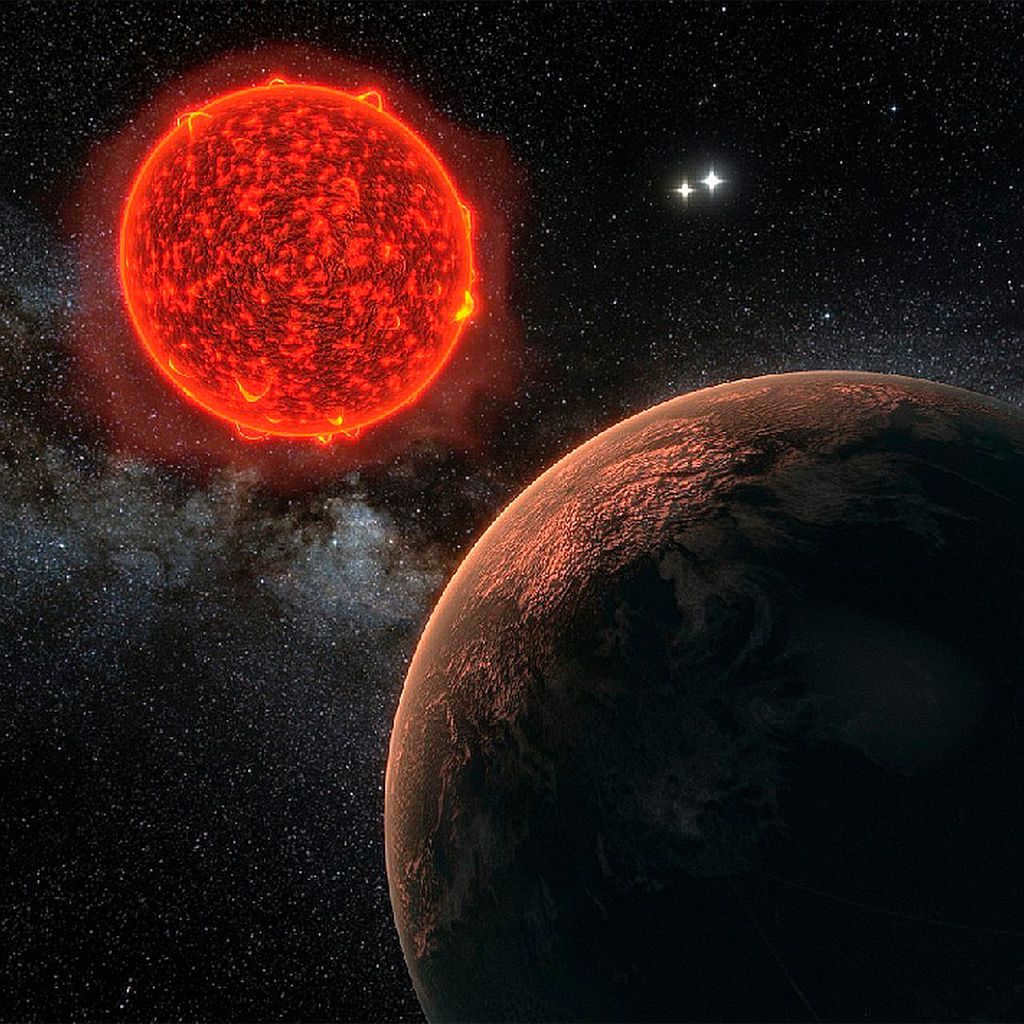
The vast expanse of space is not just an empty void, devoid of life and sound. Within its depths lie hidden extraordinary and astounding entities, which remain unknown to humankind.
However, there are certain discoveries that scientists have made, some of which seem truly implausible. How about a colossal cloud of alcohol or a planet made of Styrofoam?
Here we have compiled a list of the most astonishing planets, nebulae, and other celestial objects that will undoubtedly astonish anyone with their mere existence. Take a look:
1. “Pan is a genuine celestial dumpling.”
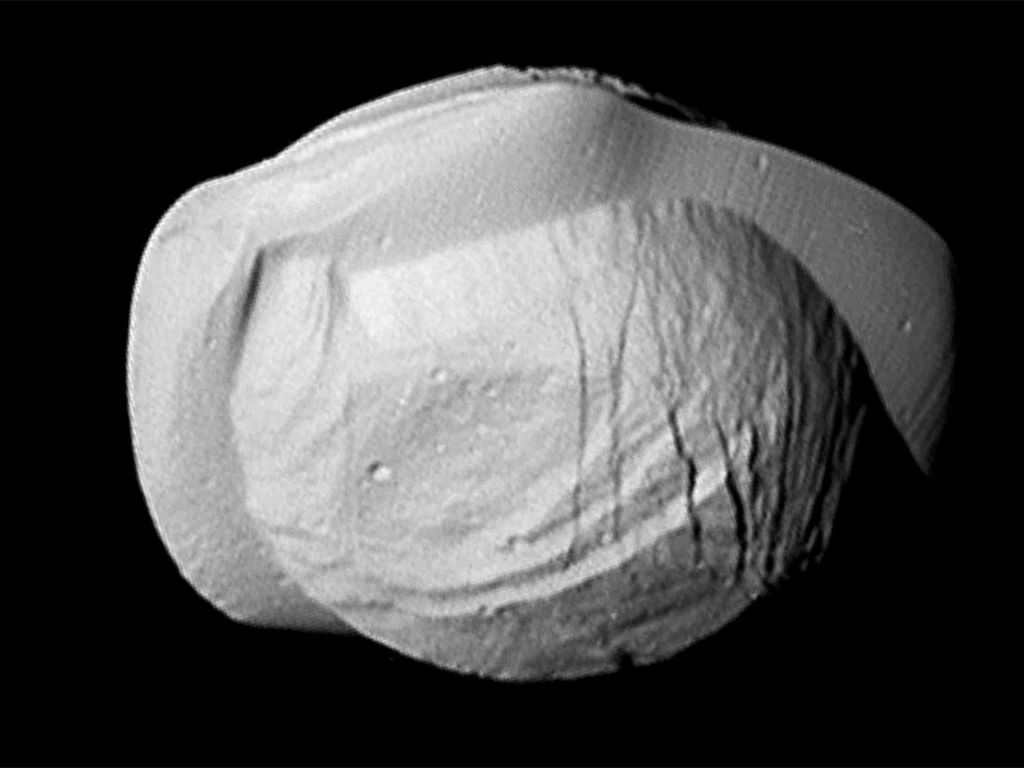
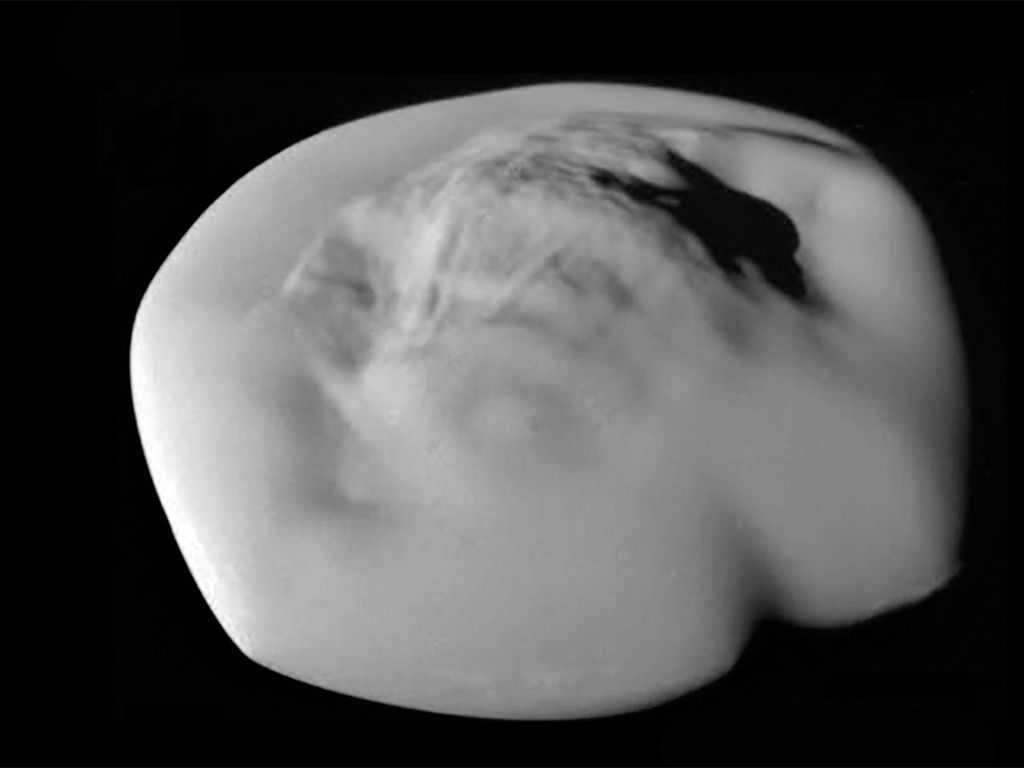
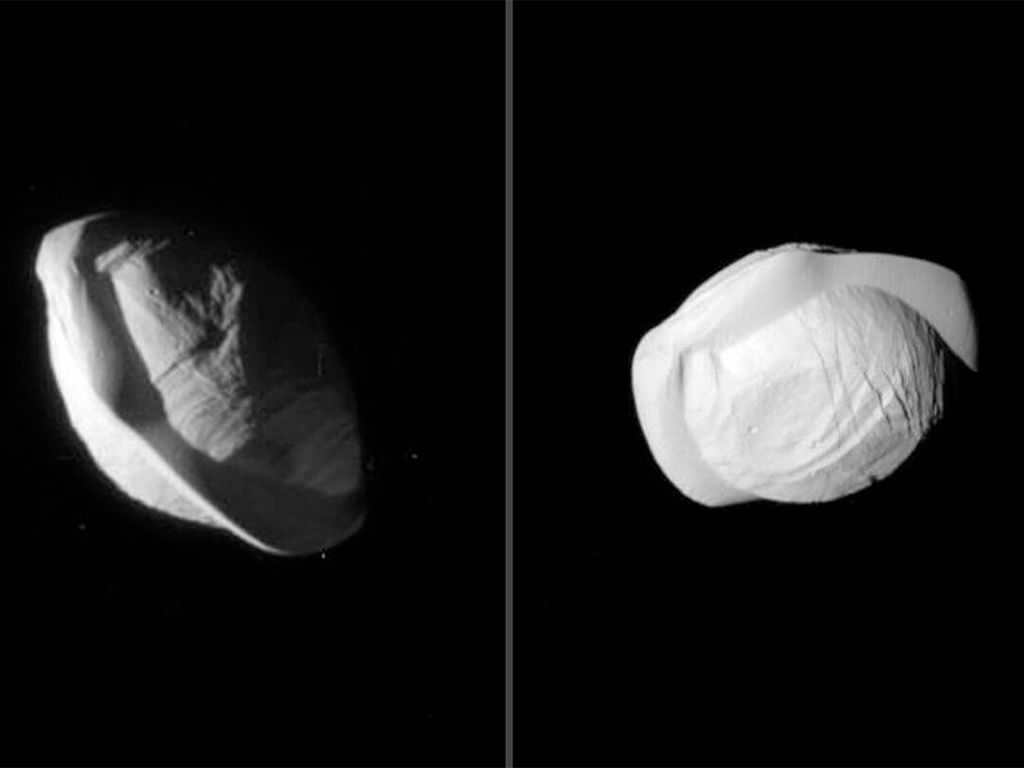
This celestial body is a moon orbiting Saturn, and it is famous for its distinctive feature – its rings. For a long time, scientists believed it was spherical, but recent discoveries have proved otherwise.
When the space probe “Cassini 7” captured images of “Pana” from a distance of 24.5 km, it became evident that this moon is actually flattened and has a belt-like shape. It closely resembles a delicious dumpling or a mouthwatering ravioli.
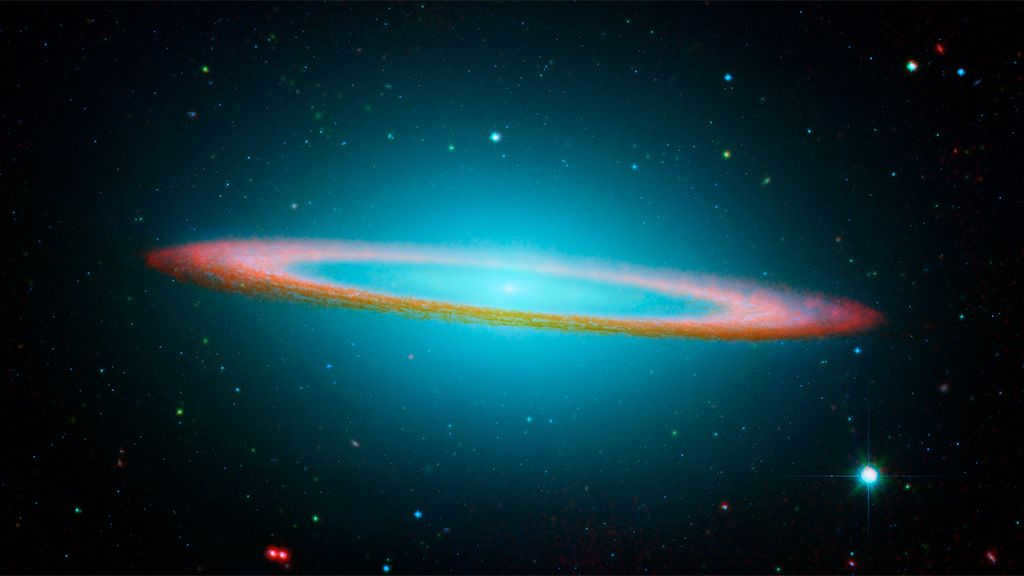
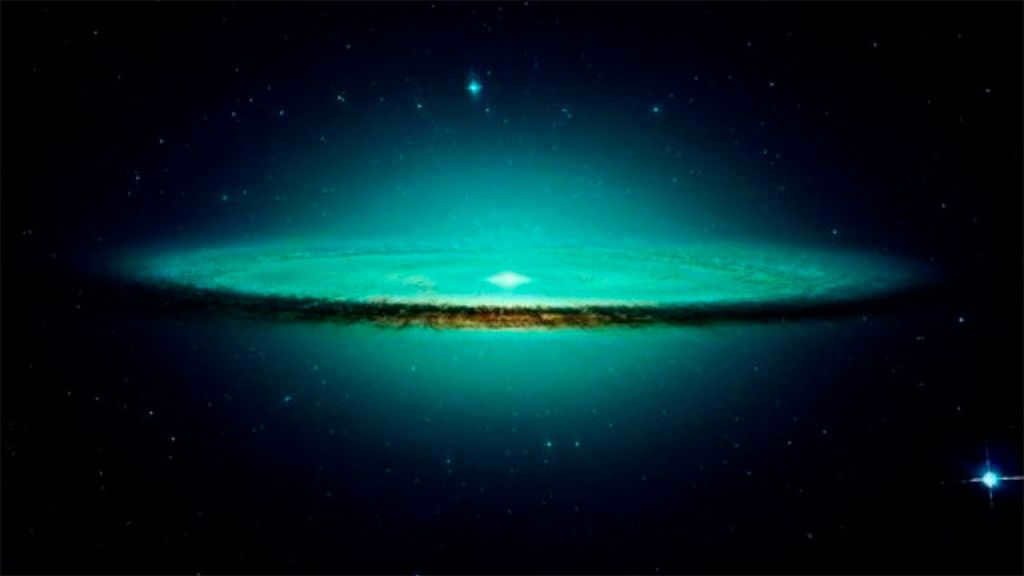
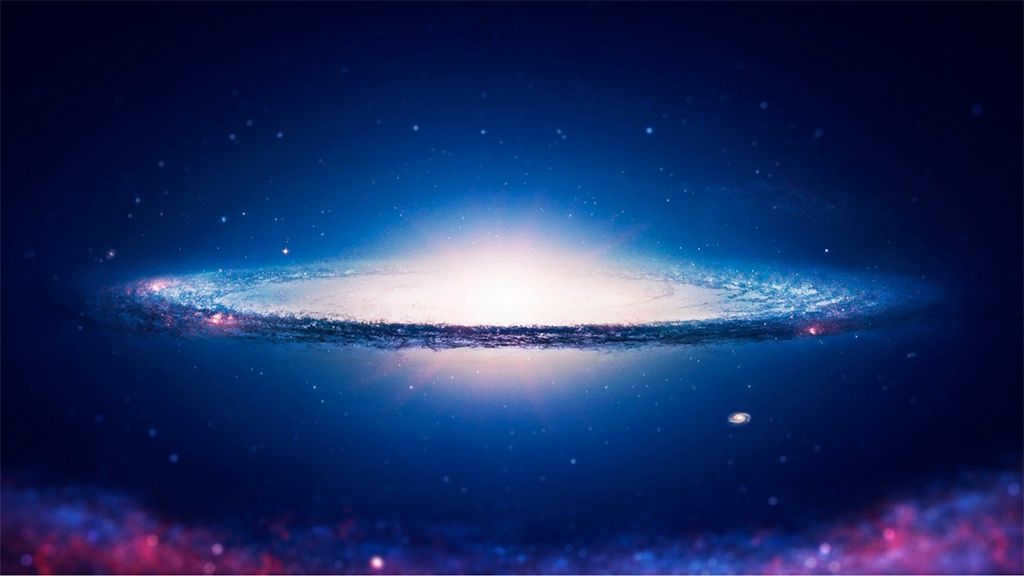
This galaxy is located 28 million light years from Earth. Although it may seem quite far, it is still visible to us. What makes it even more intriguing is the fact that it is not just a single galaxy, but rather a combination of two galaxies. This unique composition gives it its distinct shape.
One fascinating aspect of this celestial entity is that it contains a supermassive black hole with a mass equivalent to that of 1 billion suns. Yes, you read that right – 1 billion suns!
3. An enormous Styrofoam globe.
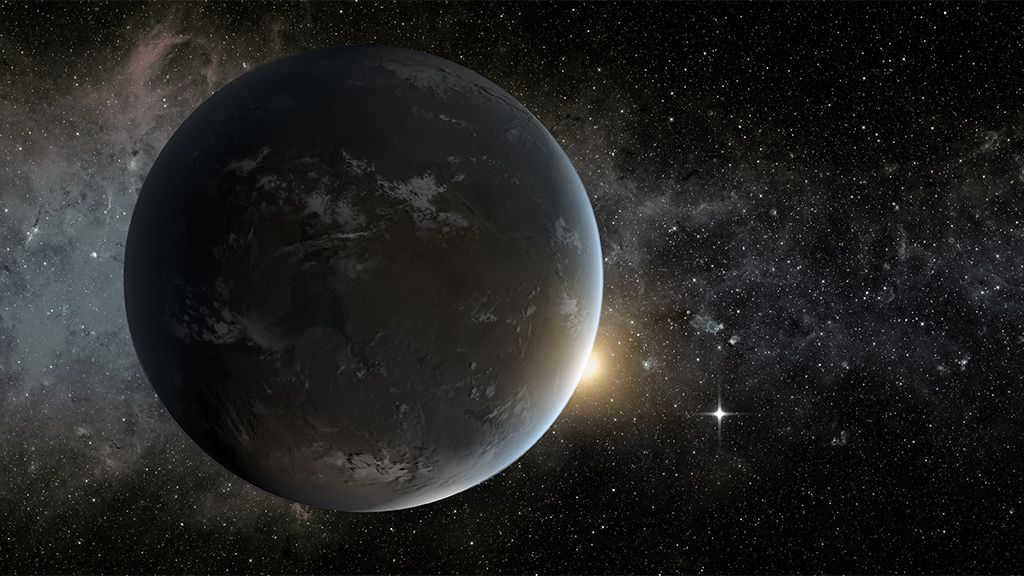
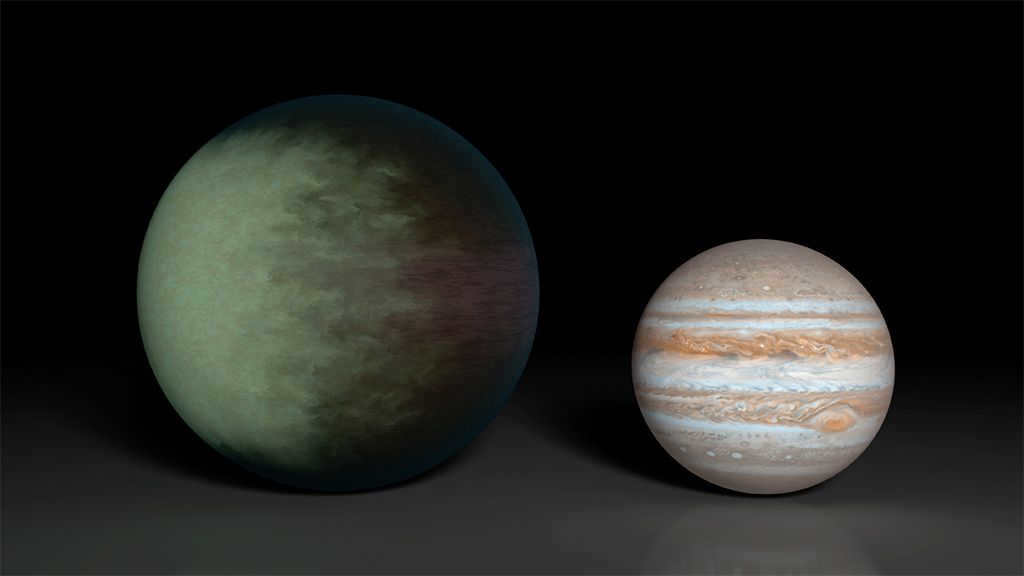
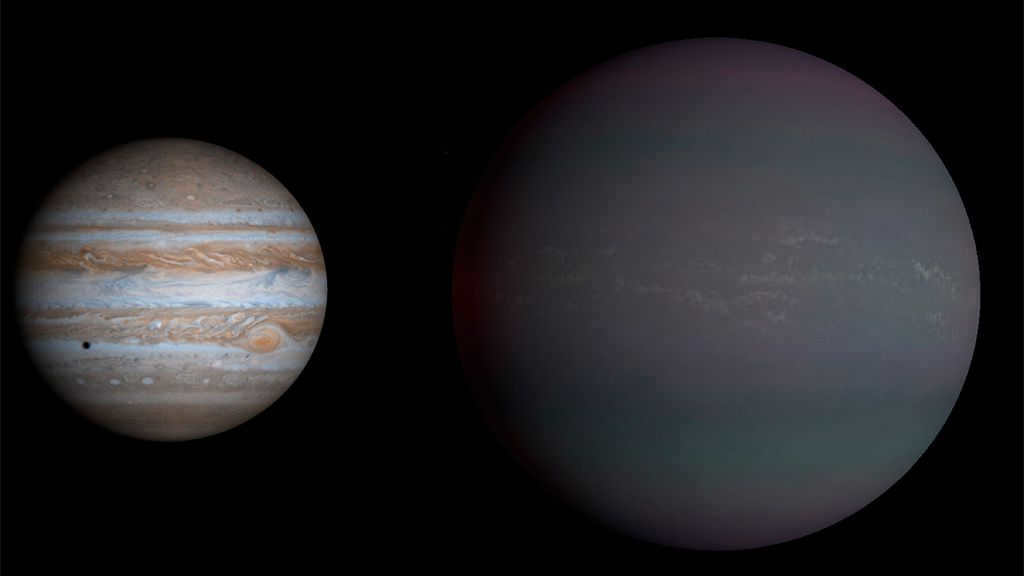
The Kepler telescope has made a remarkable discovery – an exoplanet called Kepler-7 b. What makes this celestial body truly unique is its incredibly low density, measuring 30 times lower than water on Earth.
To put it into perspective, a cubic meter of the material that forms this exoplanet weighs just 30 kilograms. This is roughly equivalent to the weight of foam insulation used in houses, which is why it has been given the name “Kepler-7 b.”
4. A gas nebula named Bubble of Soap.
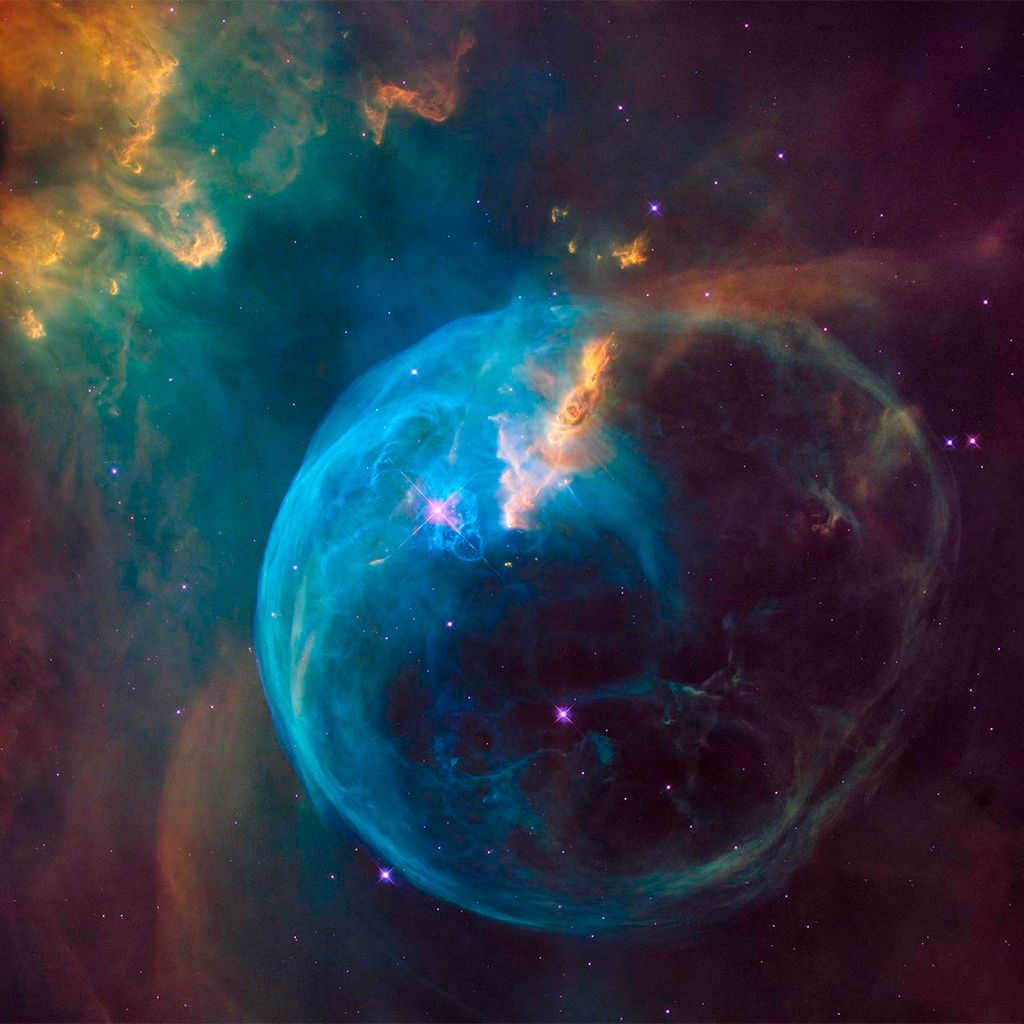
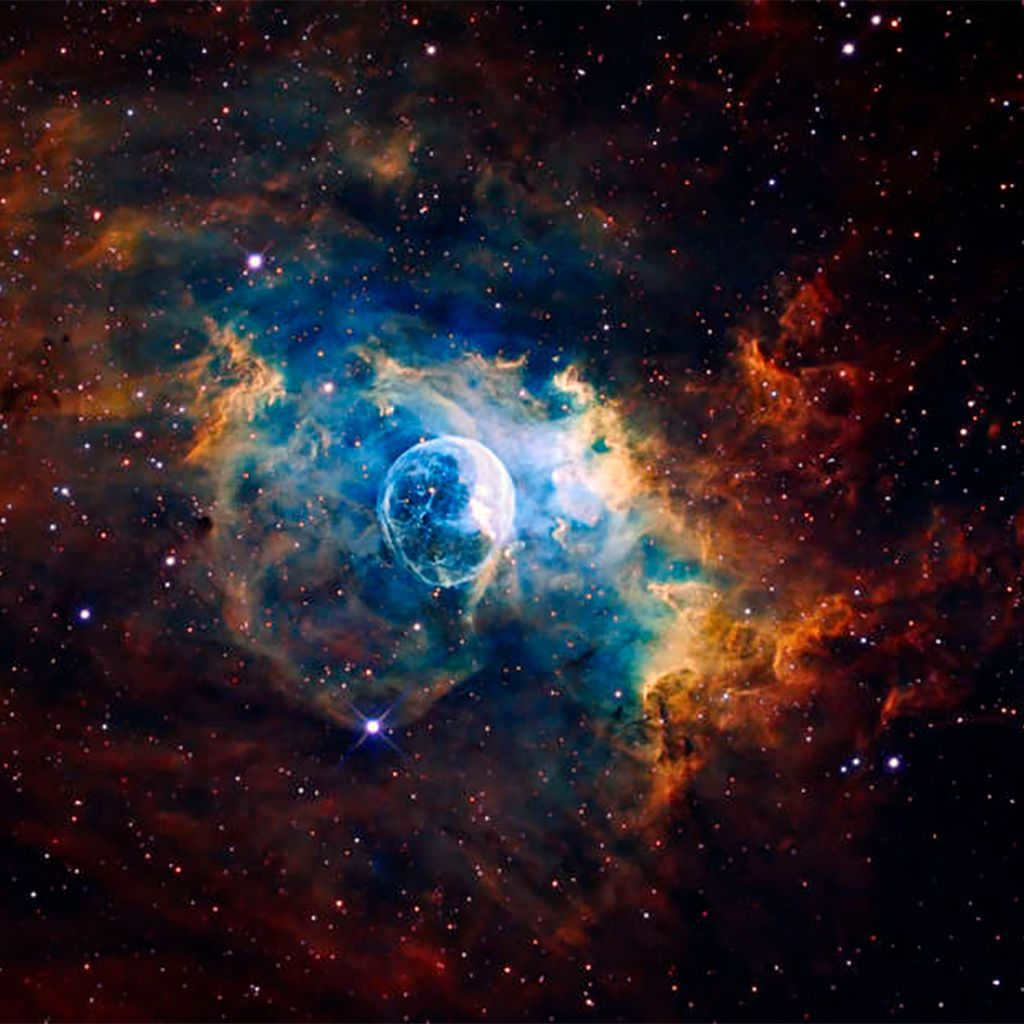
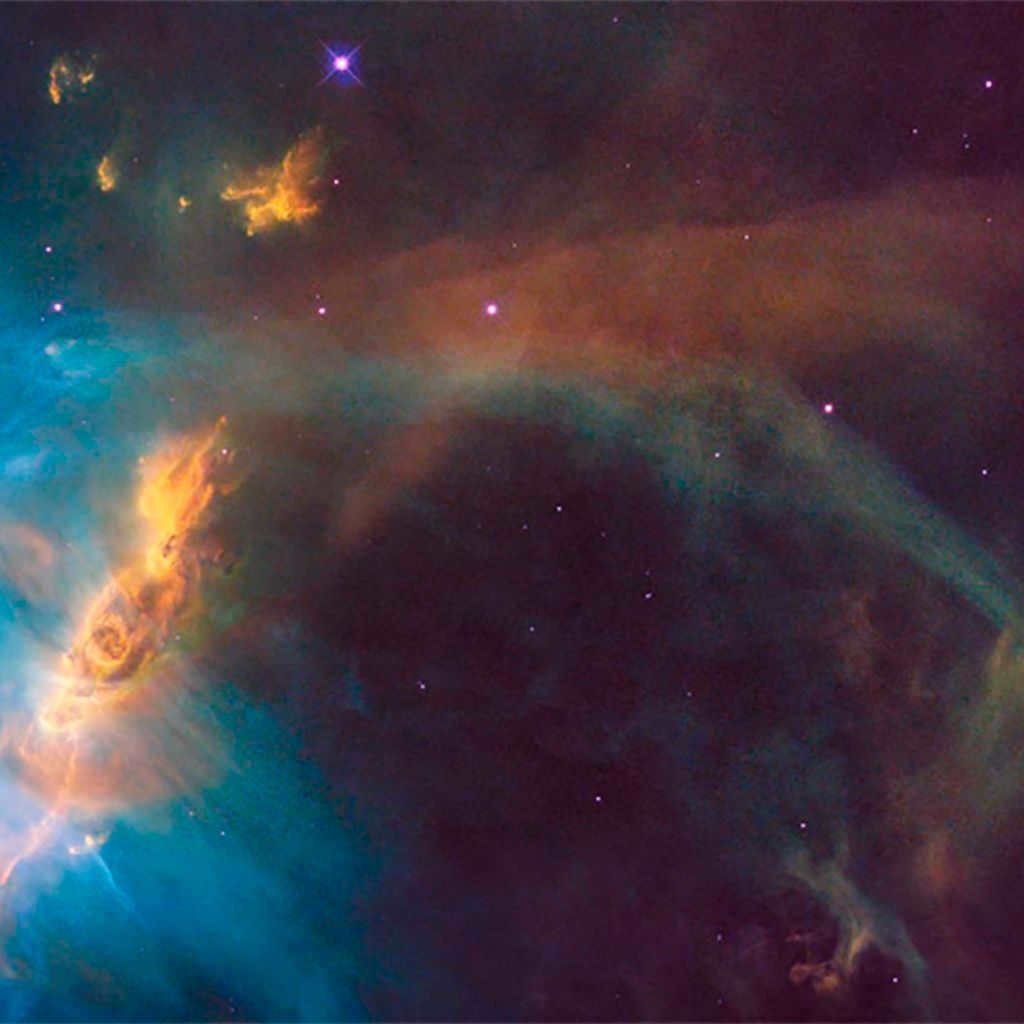
A stunning symmetrical nebula drifts through the expanse of the Swan constellation. Its discovery is relatively recent, which explains its absence from most astronomical atlases.
What captivates observers the most is the nebula’s remarkable shape and appearance. Resembling a genuine soap bubble, scientists have affectionately dubbed it with this moniker.
5. “Tefia” – an enormous celestial eye
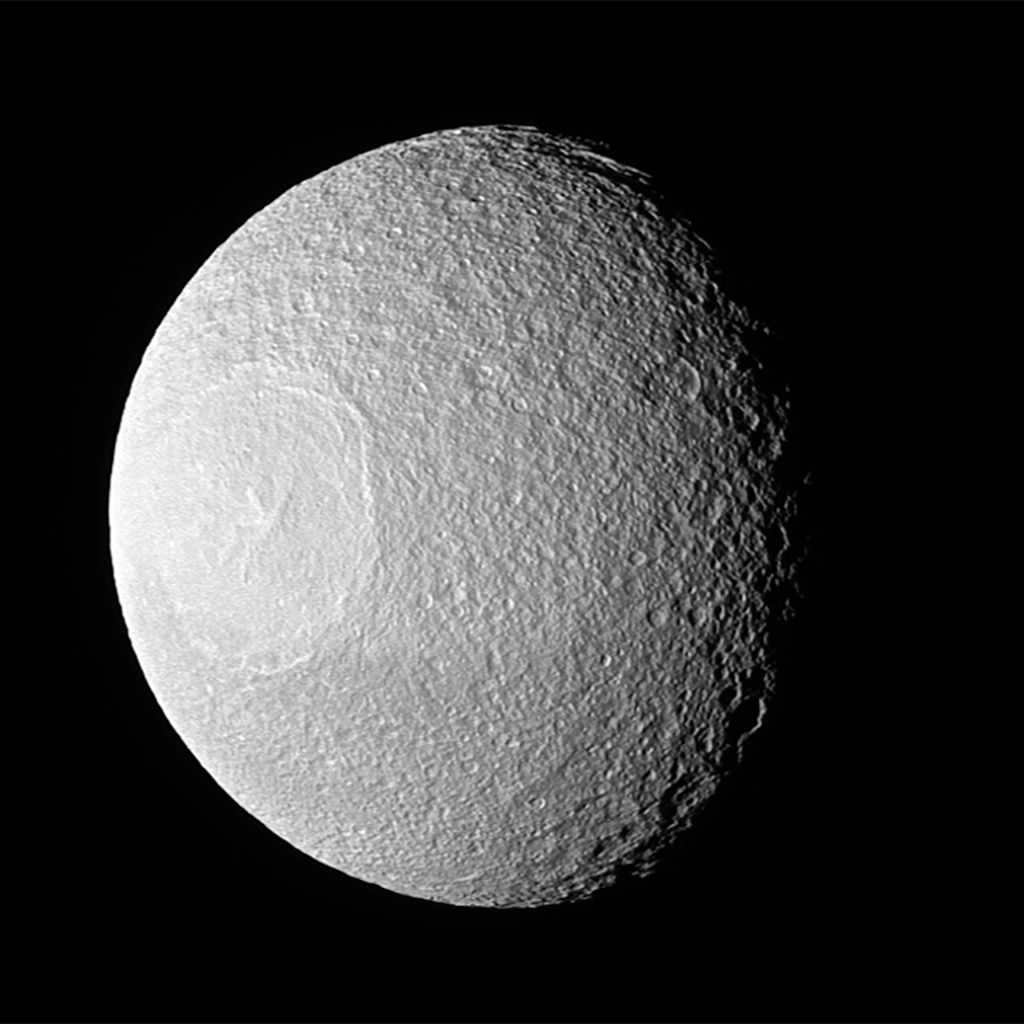
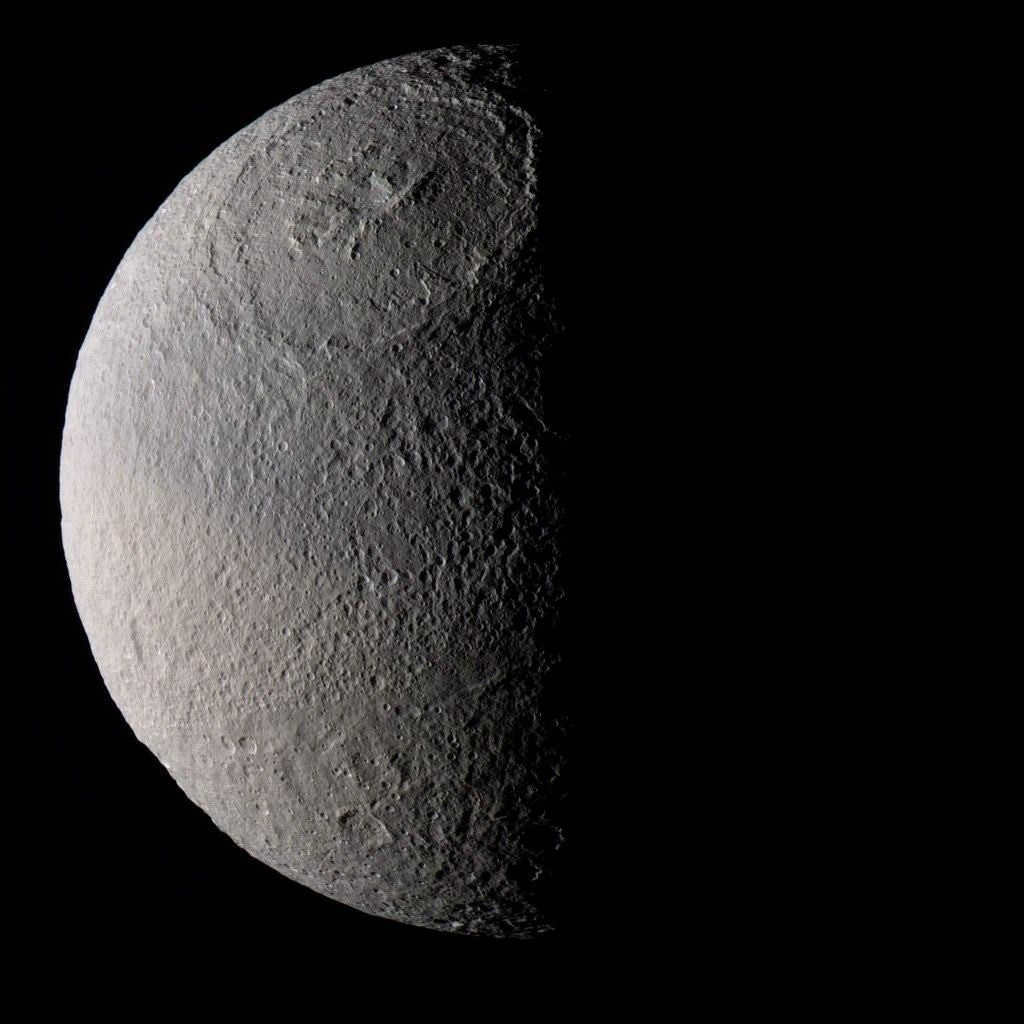
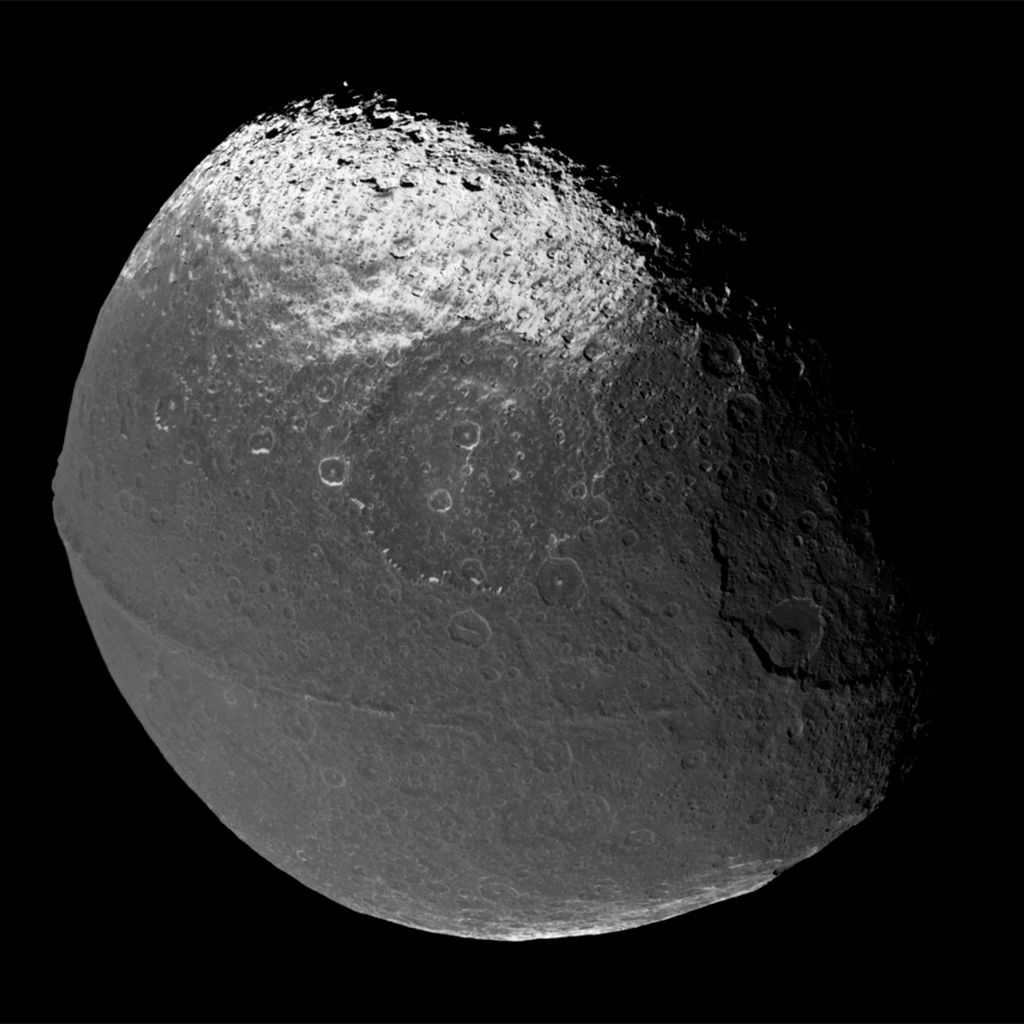
Tefia, another one of Saturn’s satellites, bears a striking resemblance to an enormous eye that gazes upon us from the distant corners of the cosmos.
At the center of this satellite lies a colossal crater, which forms the iris and pupil. This captivating image was captured by the Cassini probe a mere two years ago, in 2017.
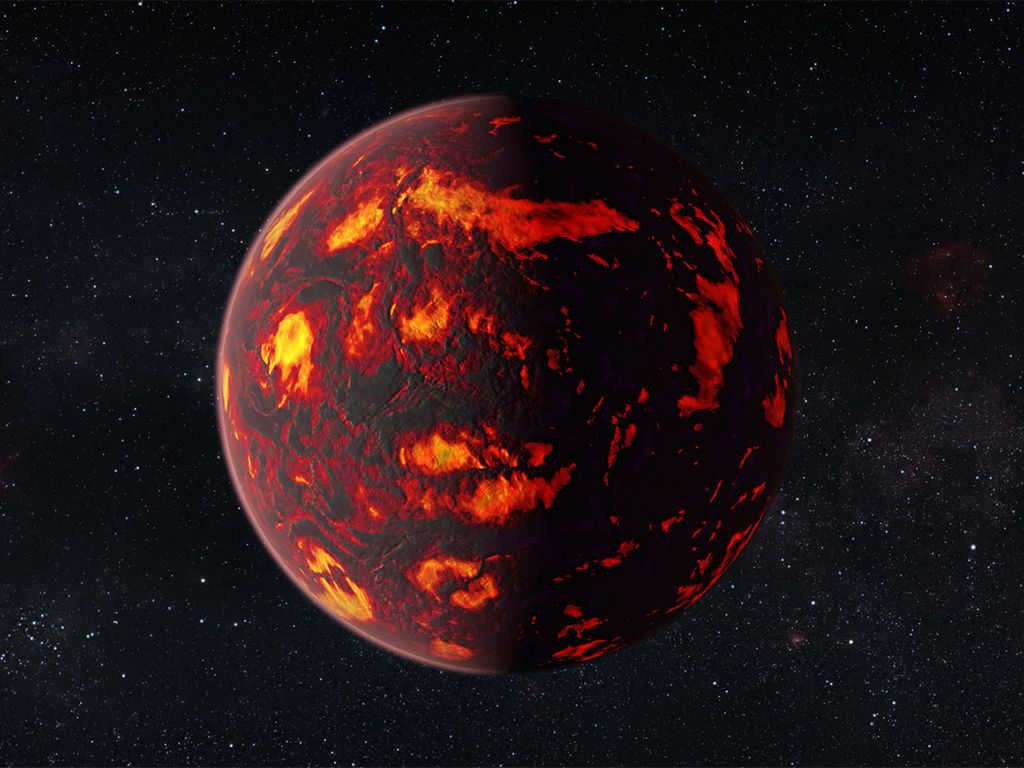
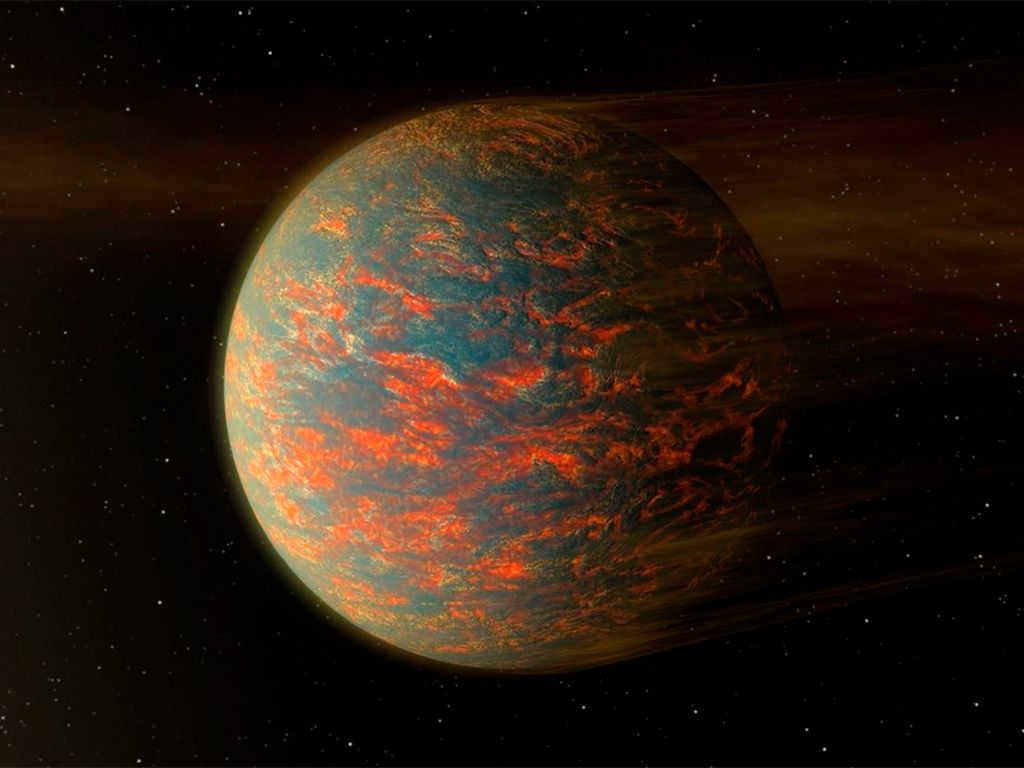
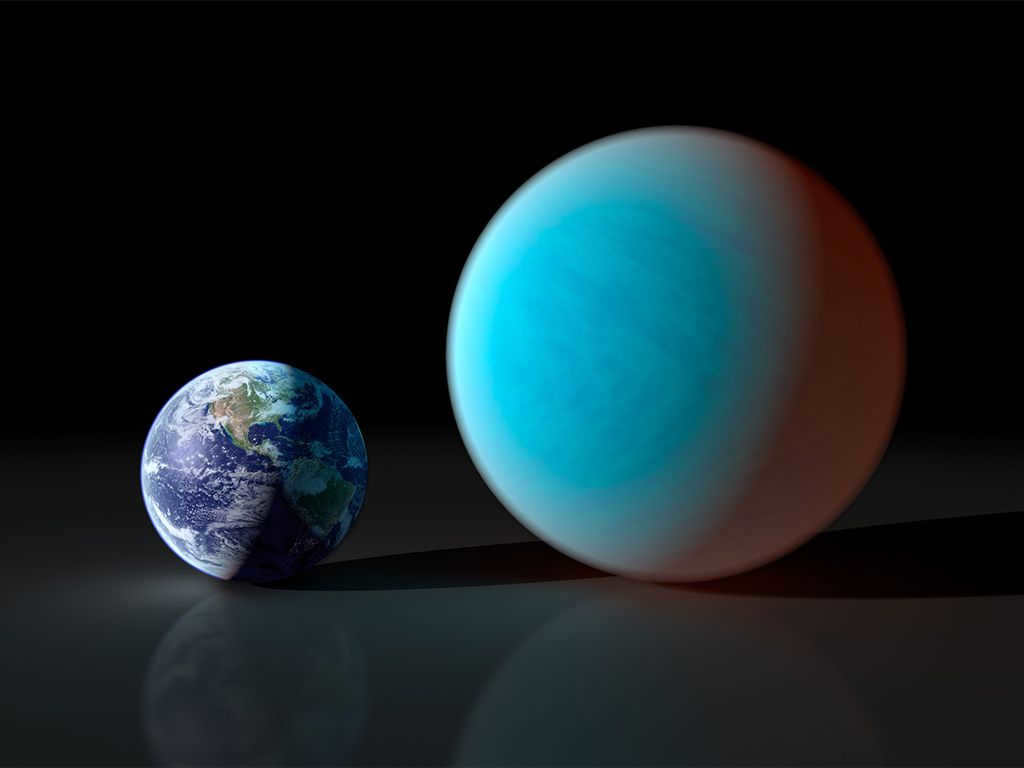
The celestial body is known as 55 Cancri e. It revolves around a star that bears a resemblance to the Sun, located in the Cancer constellation. The duration of a year on this planet amounts to merely 18 hours, in comparison to our customary 365 days.
At the surface of this extraterrestrial sphere, the temperature soars to a scorching 1,648 degrees Celsius. Remarkably, it surpasses Earth in size, measuring twice as large, and intriguingly, one third of its composition is comprised of valuable diamonds. Just ponder the immense potential worth it could possess.
7. Chemico, the most ancient celestial cloud.
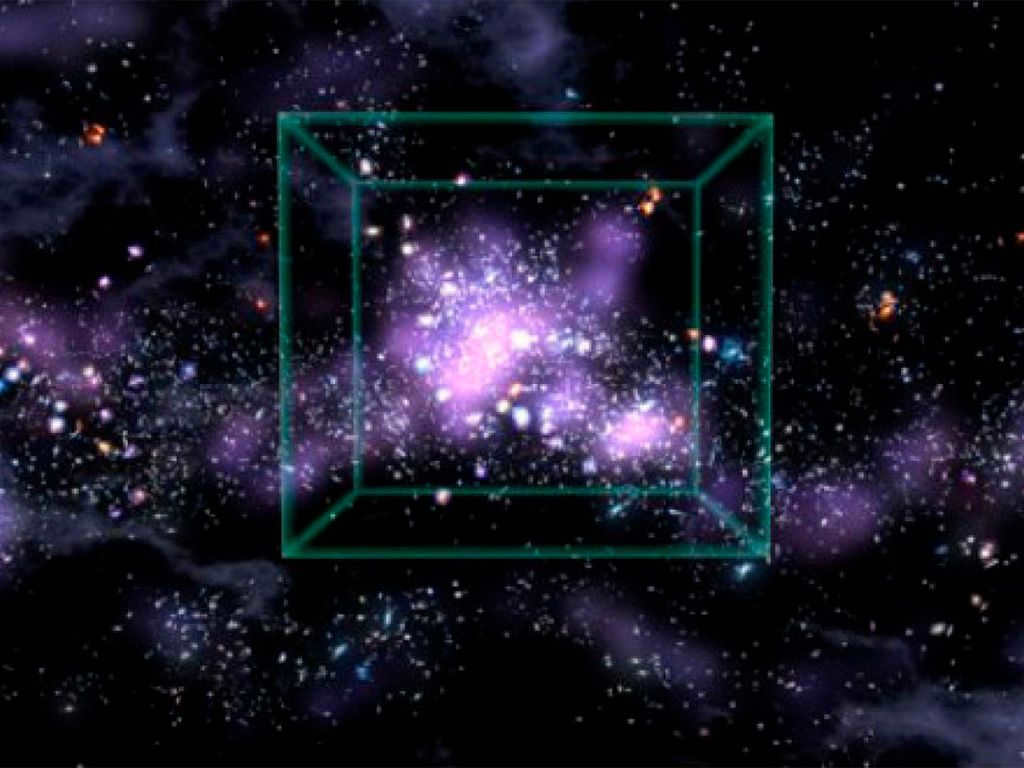
One of the most ancient objects found in the vastness of outer space
This phenomenon, which consists of a cluster of three youthful galaxies, is deemed highly captivating by our scientific community. The formation of this cosmic cloud occurred approximately 800 million years subsequent to the occurrence of the Big Bang.
Although this duration may appear exceedingly lengthy, it is, in fact, relatively short in the realm of cosmic existence. Through the comprehensive examination of Chemico, scientists have the ability to uncover a plethora of answers pertaining to the enigmatic aspects of our universe.
8. The Witch’s Head: A Sinister Nebula.
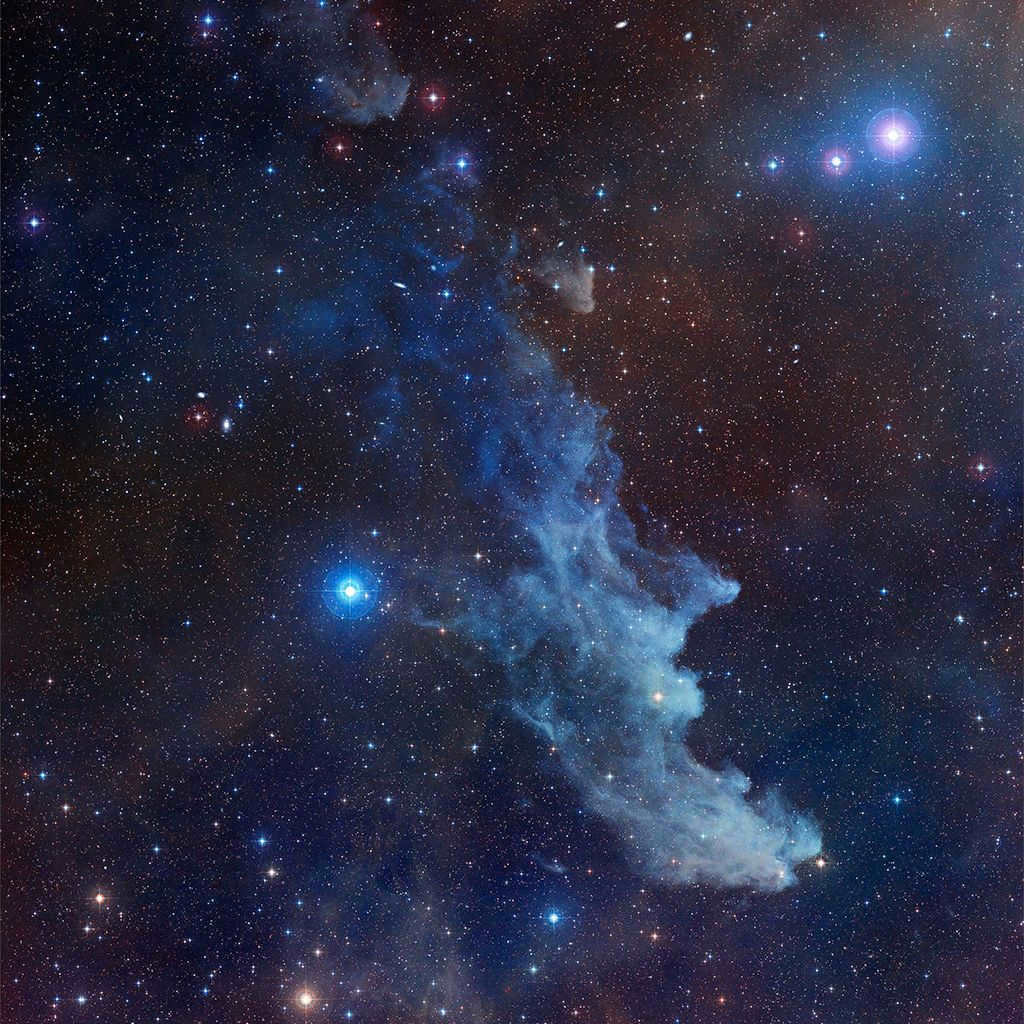
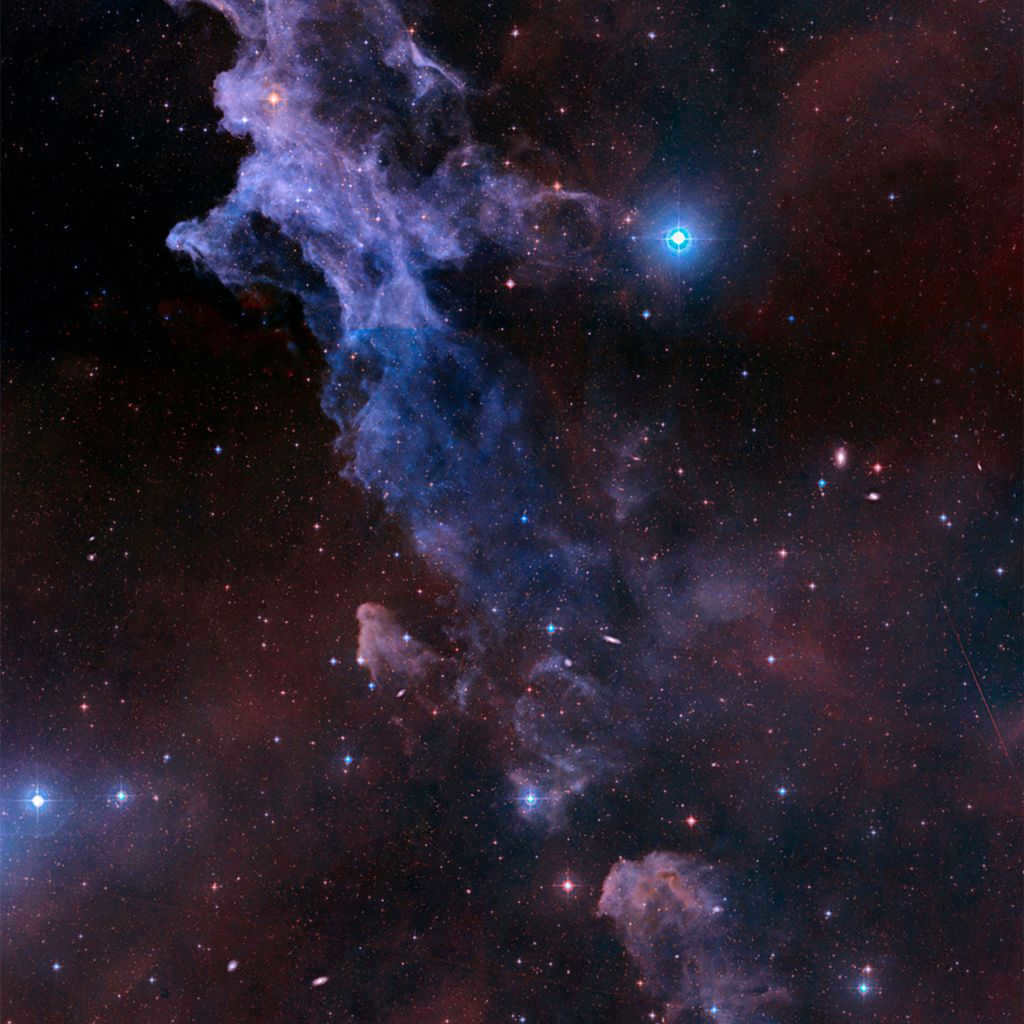
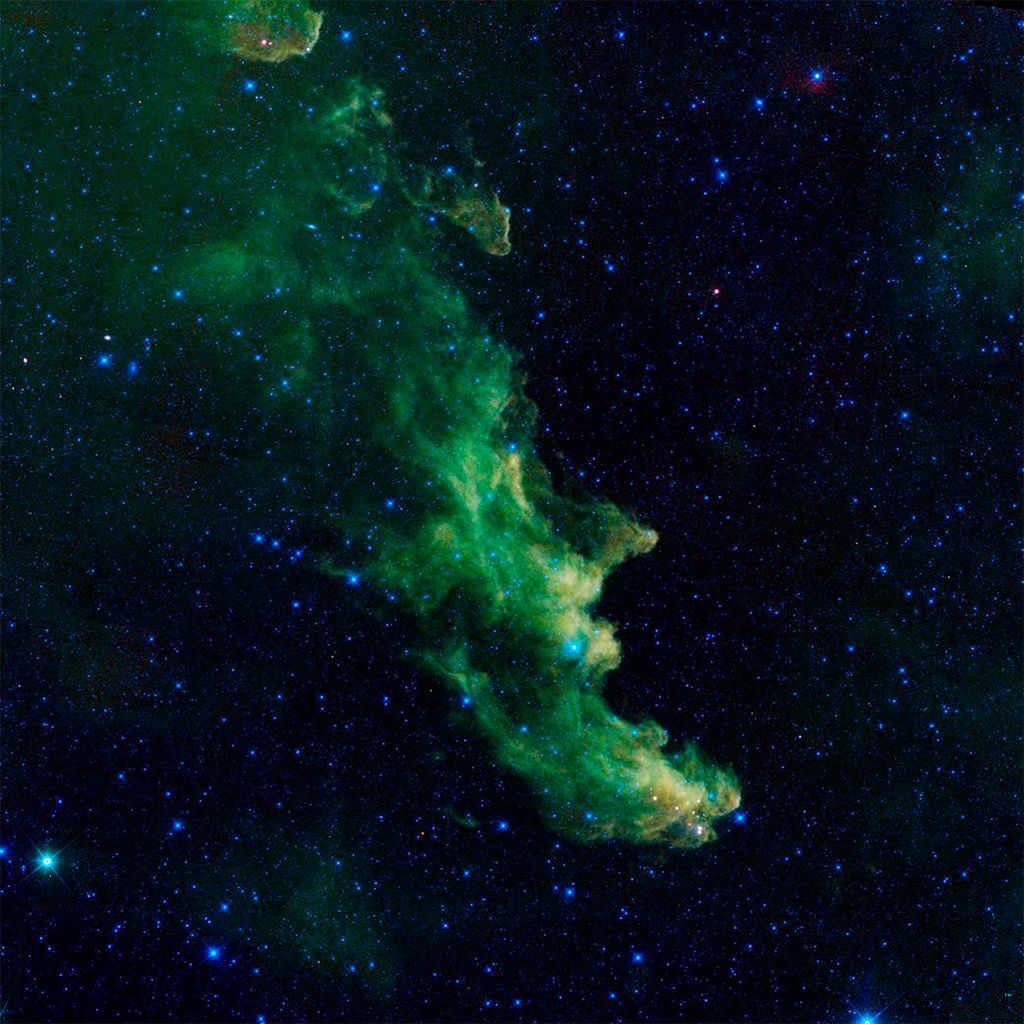
The nebula known as IC 2118 is situated in the constellation Eridanus in the southern sky, approximately 1,000 light years away from our solar system. What makes it particularly fascinating is its distinctive shape.
The reason we are able to observe this nebula is thanks to the presence of the bright star Rigel. The radiation emitted by Rigel causes the outline of the nebula, often referred to as the “Witch’s Head,” to be reflected and visible through telescopes here on Earth.
9. A cloud of dust with a hint of rum and raspberry flavor.
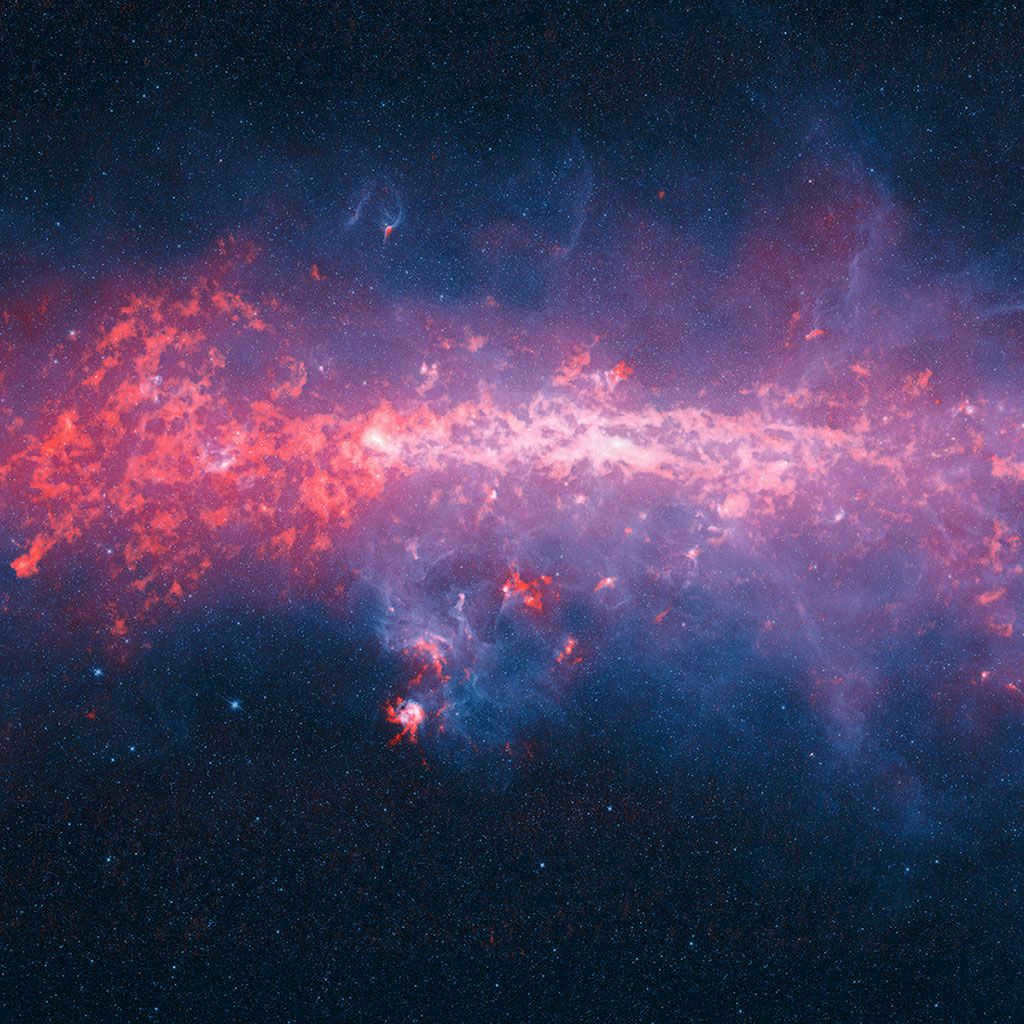
We are unable to perceive its taste.
It is situated in a celestial region known as Sagittarius B2. It was first detected approximately a decade ago, and the media instantly propagated the notion that this celestial object possesses the flavor of raspberries.
Scientists affirm that the molecules discovered within this interstellar cloud do indeed bear a resemblance in structure to molecules found in rum. However, you will not be able to experience its taste due to the presence of other hazardous chemical compounds.
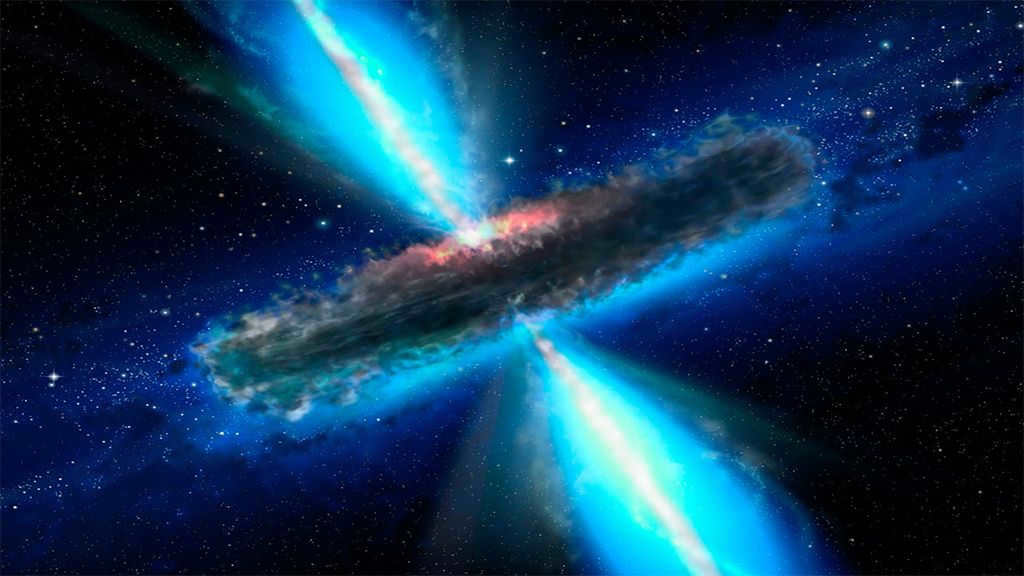
An ocean comprised of vapor
Located 12 billion light years away from Earth is a quasar known as APM 08279 + 5255. It emits light that is 100 billion times brighter than the sun. However, that is not our main focus.
Several years ago, vast quantities of water were detected surrounding this quasar. The volume of this water is 140 trillion times larger than Earth’s oceans. Interestingly, the distance is still too great for us to travel there.
11. “Prometheus is a genuine cosmic tuber.
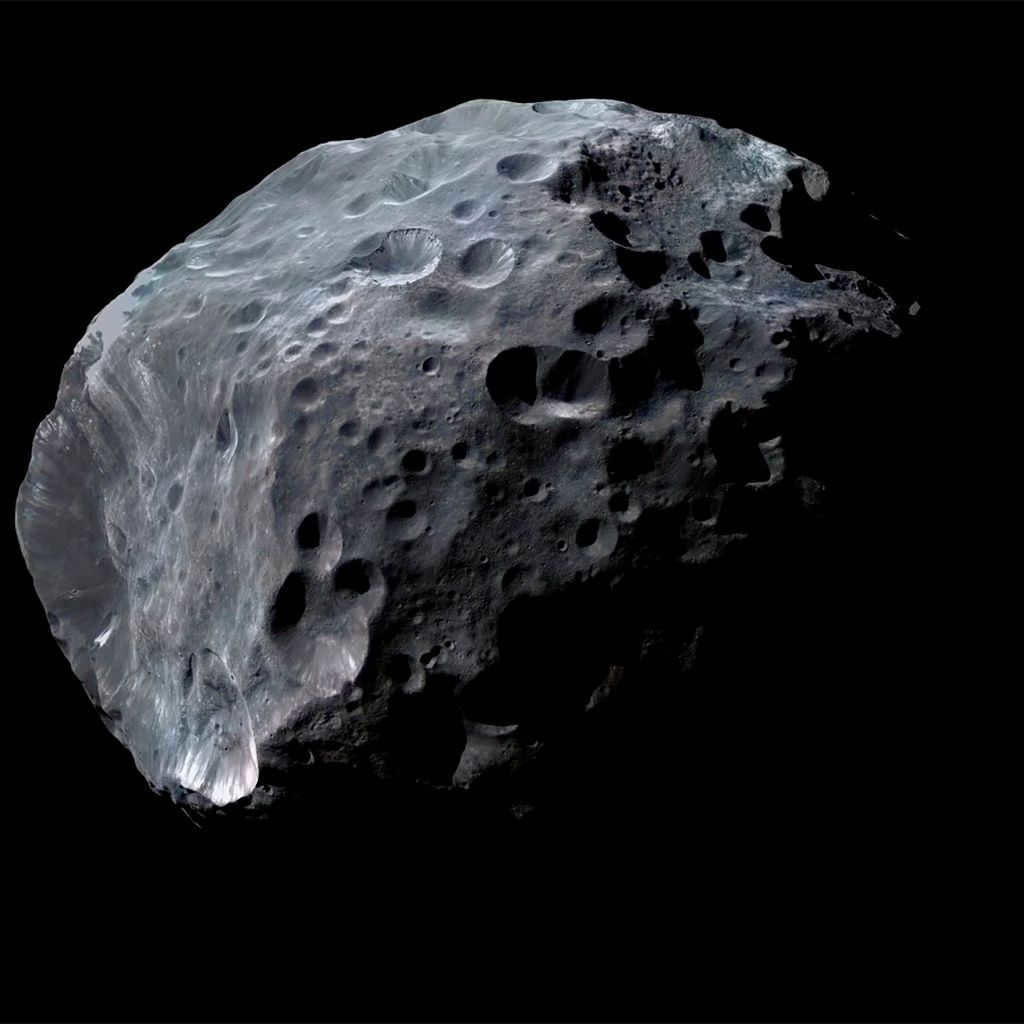
A potato with a potato
This Saturnian satellite has a non-uniform and asymmetric form adorned with craters. This is the reason it bears a resemblance to an actual potato.
“Prometheus is referred to as a satellite shepherd. It gravitates space debris and other entities that contribute to the creation of one of the planetary rings.”
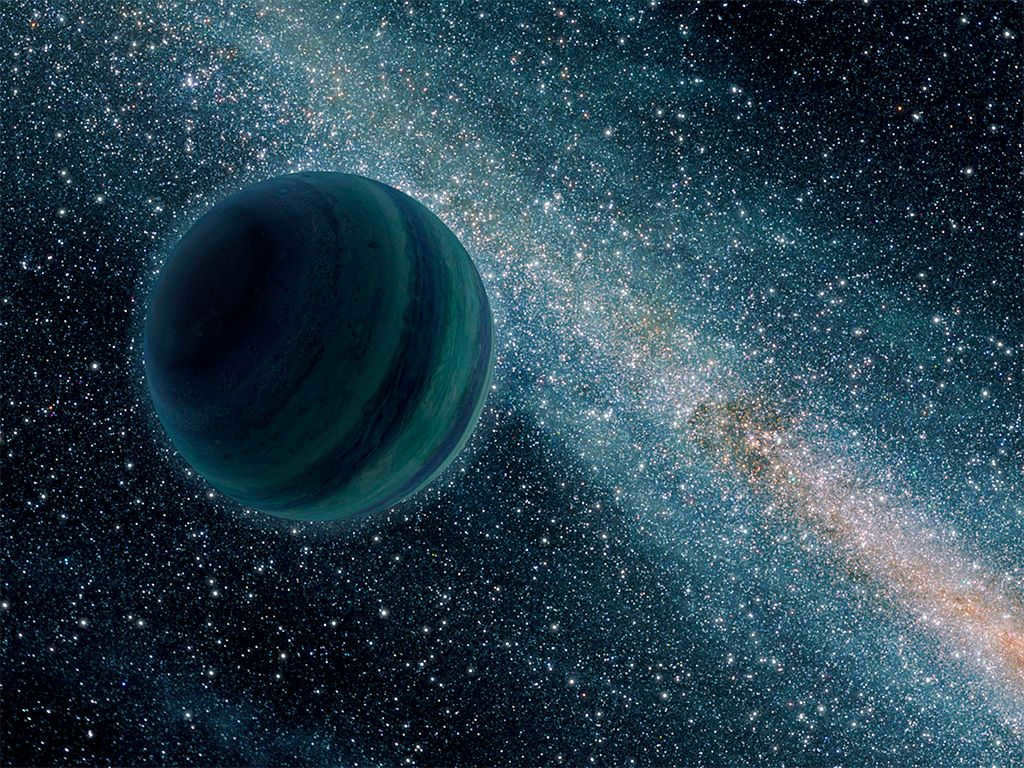
A planet that roams independently
PSO J318.5-22, a planet located 80 light-years away from Earth, defies convention by being six times larger than Jupiter and not orbiting any star.
While it is typical for planets to be gravitationally bound to a star, this peculiar planet prefers to wander freely. This extraordinary occurrence serves as evidence that such autonomy is indeed achievable.
13. The massive Great Wall of Hercules-North Corona.
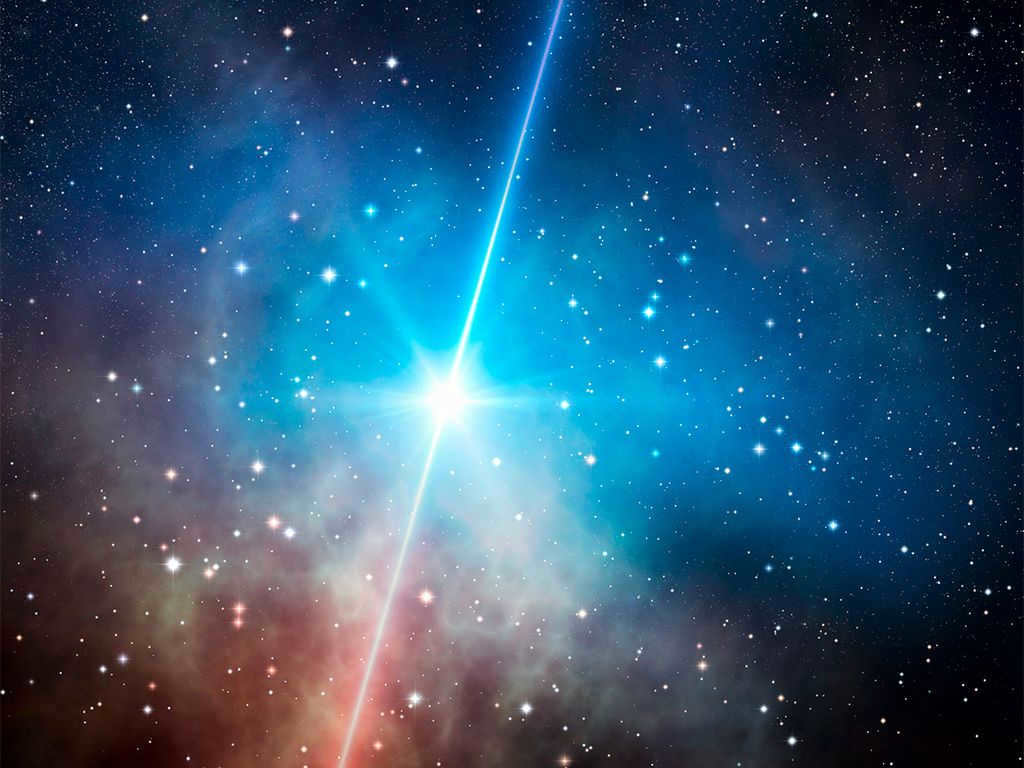
Up until now, our scientific community has yet to discover anything on a larger scale in outer space.
When astronomers made observations of gamma rays in the cosmos, they stumbled upon the most colossal celestial entity ever known to human science.
This massive object stretches across a mind-boggling distance of 10 billion light years, and interestingly, its name was coined by a young Filipino teenager. Remarkably, this teenager had already described the object on Wikipedia before the scientists had even done so, and the scientists decided to keep the name as it was.
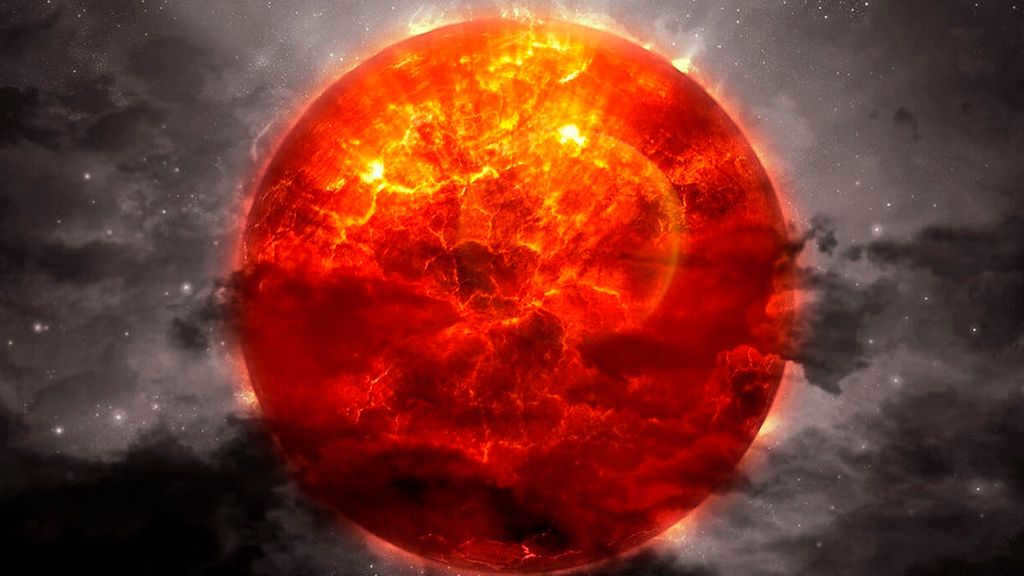
It’s massive!
This is known as VY of the Big Dog, and it has a diameter 1,500 times larger than the Sun. In comparison to this star, our planet is minuscule. It is the largest star ever discovered by our scientific community.
However, it cannot be claimed that this is the largest star in the Universe, as a few centuries ago our Sun was considered the largest star.
15. Proxima Centauri: The renowned red dwarf.

In the future, we have the potential to inhabit this place
The exoplanet Proxima b is located within its ecosystem and is situated at such a distance from its star that it has the potential to support life.
Furthermore, scientists generally speculate that in the future, humanity may be able to reside in the ecosystem of the red dwarf, which is located 4.22 light-years away from us.
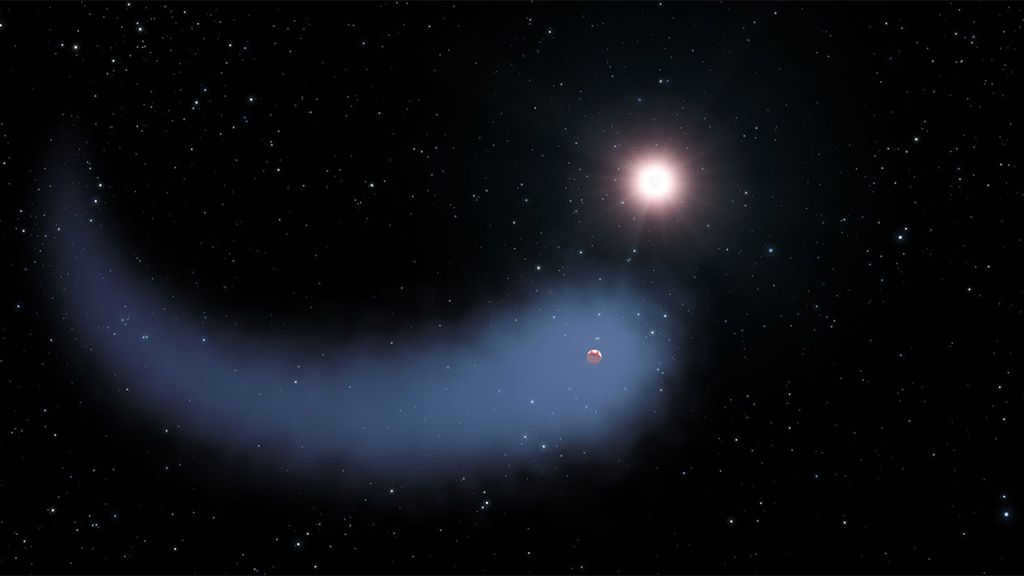
This particular type of ice is known as “Ice X.”
It goes by the name Gliese 436 b and is located 33 light-years away. This exoplanet is categorized as a hot Neptune due to its composition.
According to its density, it is primarily composed of water molecules. Despite its high temperature of 300 degrees, the planet’s large size, which is 4.5 times bigger than Earth, allows the water to remain in solid form – making it hot ice.
17. The planet with the most extreme weather in the entire universe
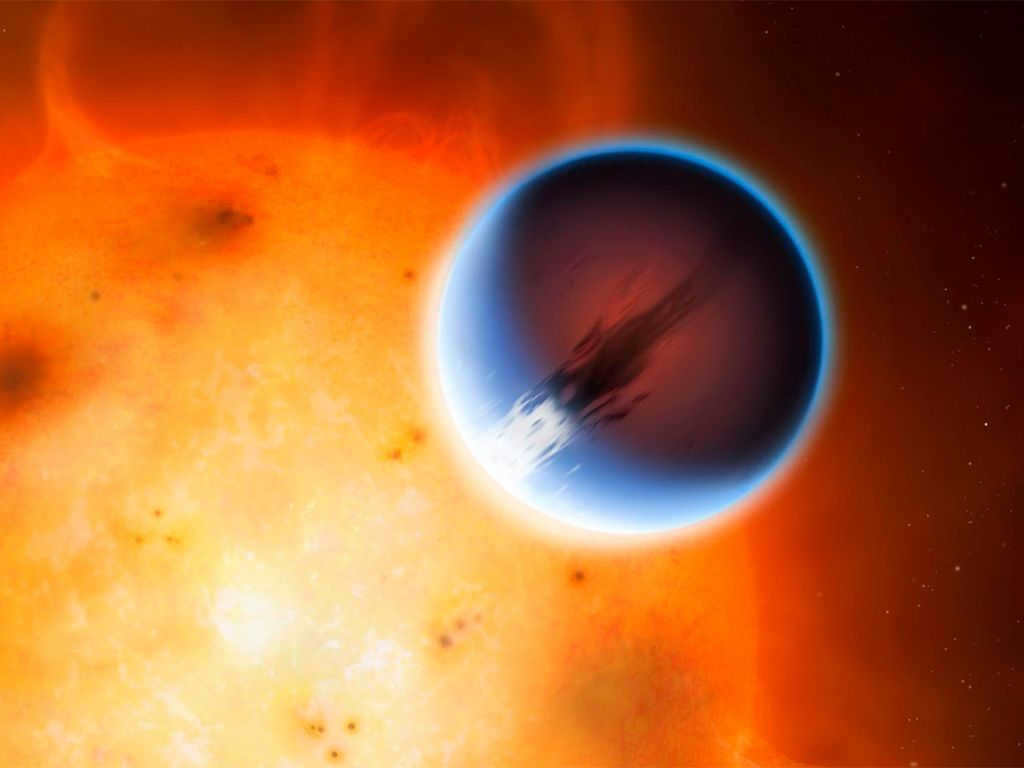
OMG: there is a downpour of glass
Its name is HD 189733 b. At first sight, it resembles planet Earth. A familiar blue sphere in the vast darkness of space. However, that is where the similarities come to an end.
This celestial body experiences wind speeds reaching a staggering 8,700 kilometers per hour. It undergoes a constant precipitation, but not of water. Instead, it rains molten glass.
18. An enormous alcoholic mist floating in the heart of the cosmos.
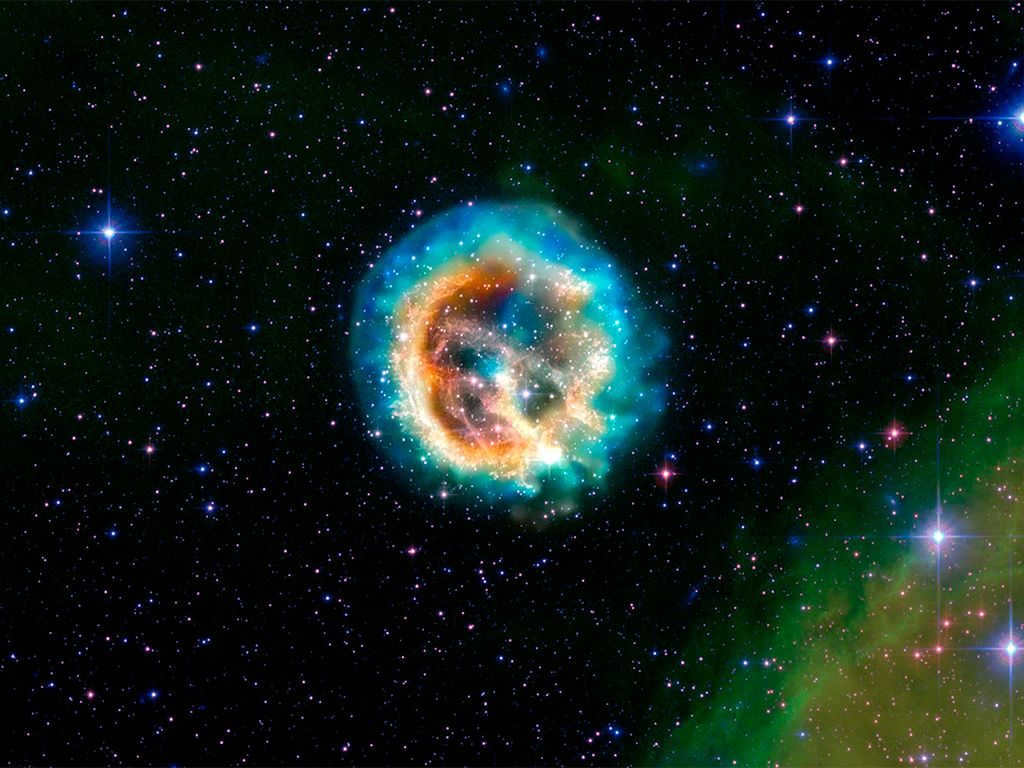
You can never have enough alcohol.
There is a massive cluster of alcohol situated 6,500 light years away from our planet. It is composed almost entirely of ethanol and stretches approximately 482,803,200,000 kilometers in length.
Experts estimate that this quantity of alcohol could yield around 189,270,589,200,000 liters of beer. However, these calculations may not be completely precise.
19. The “Finger of God” nebula is the most remarkable feature of the Kiel Nebula
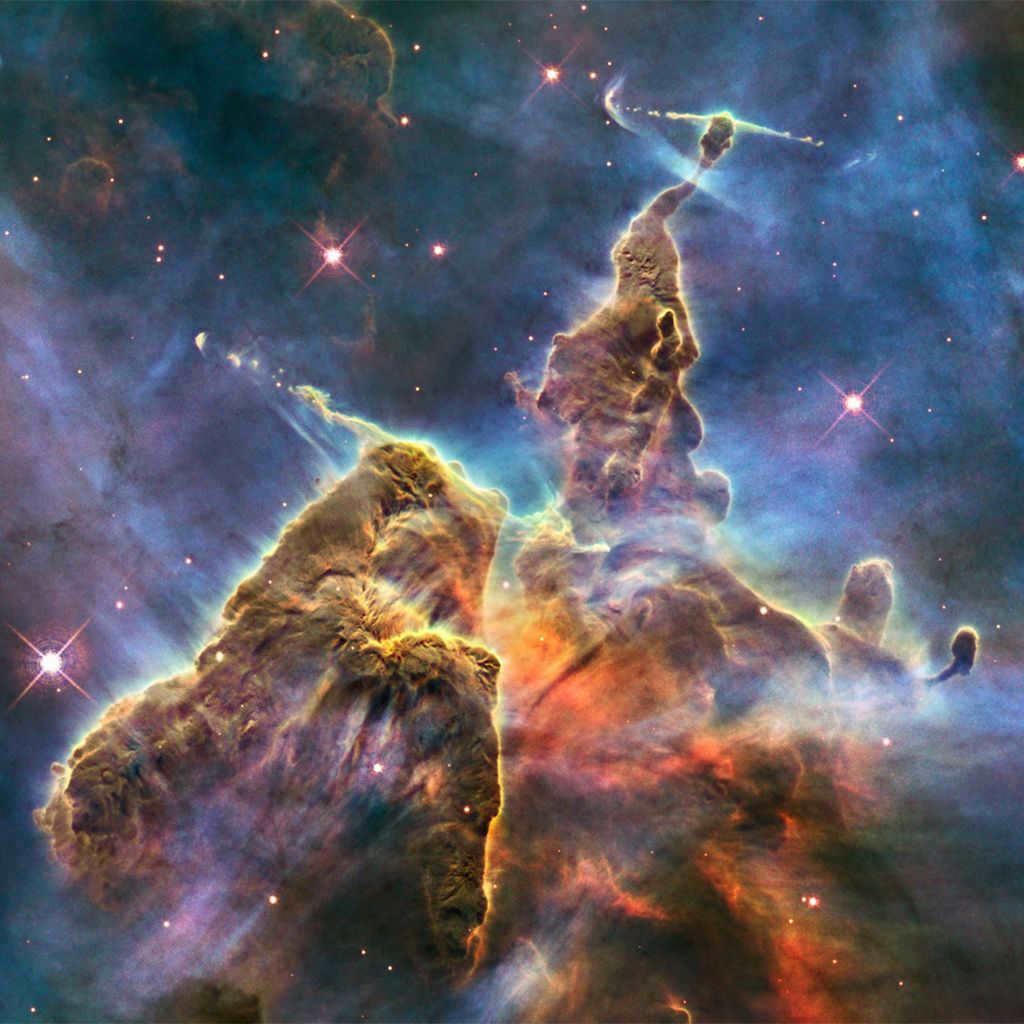
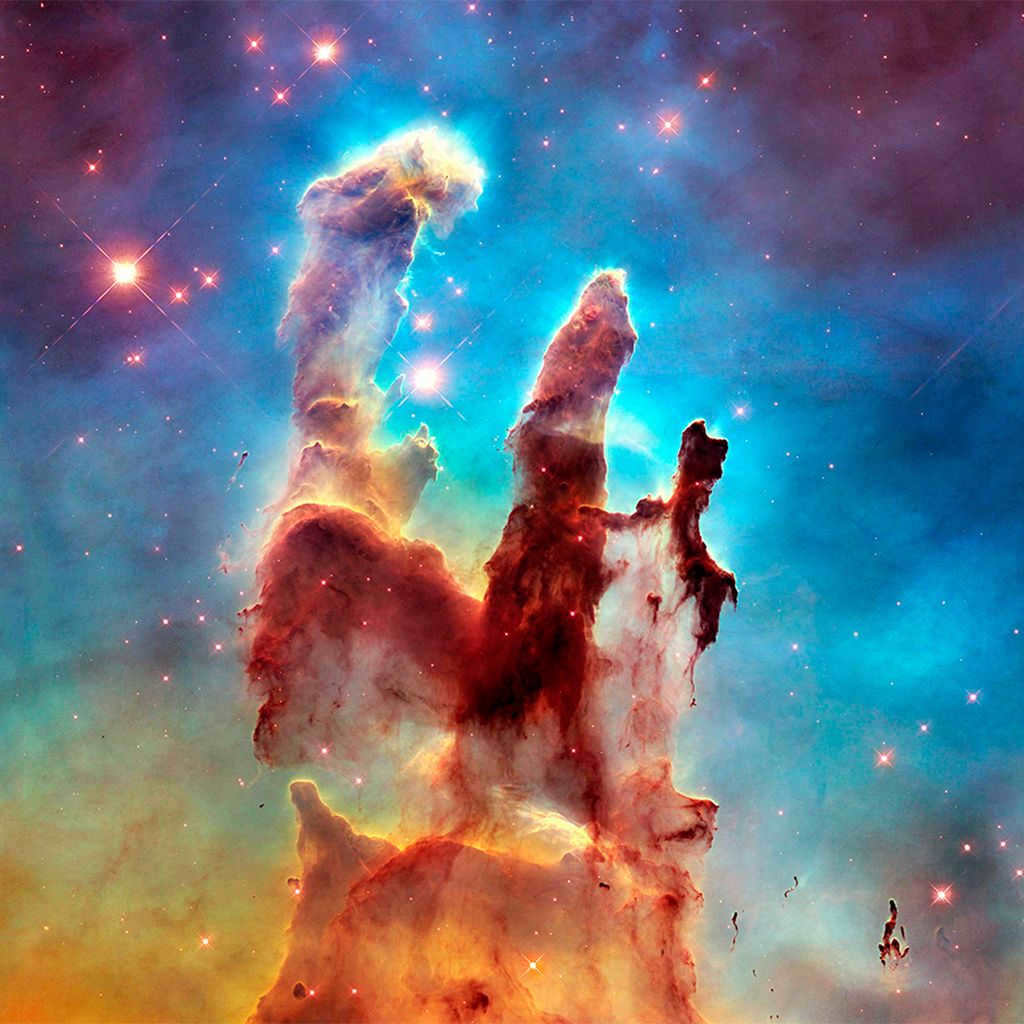
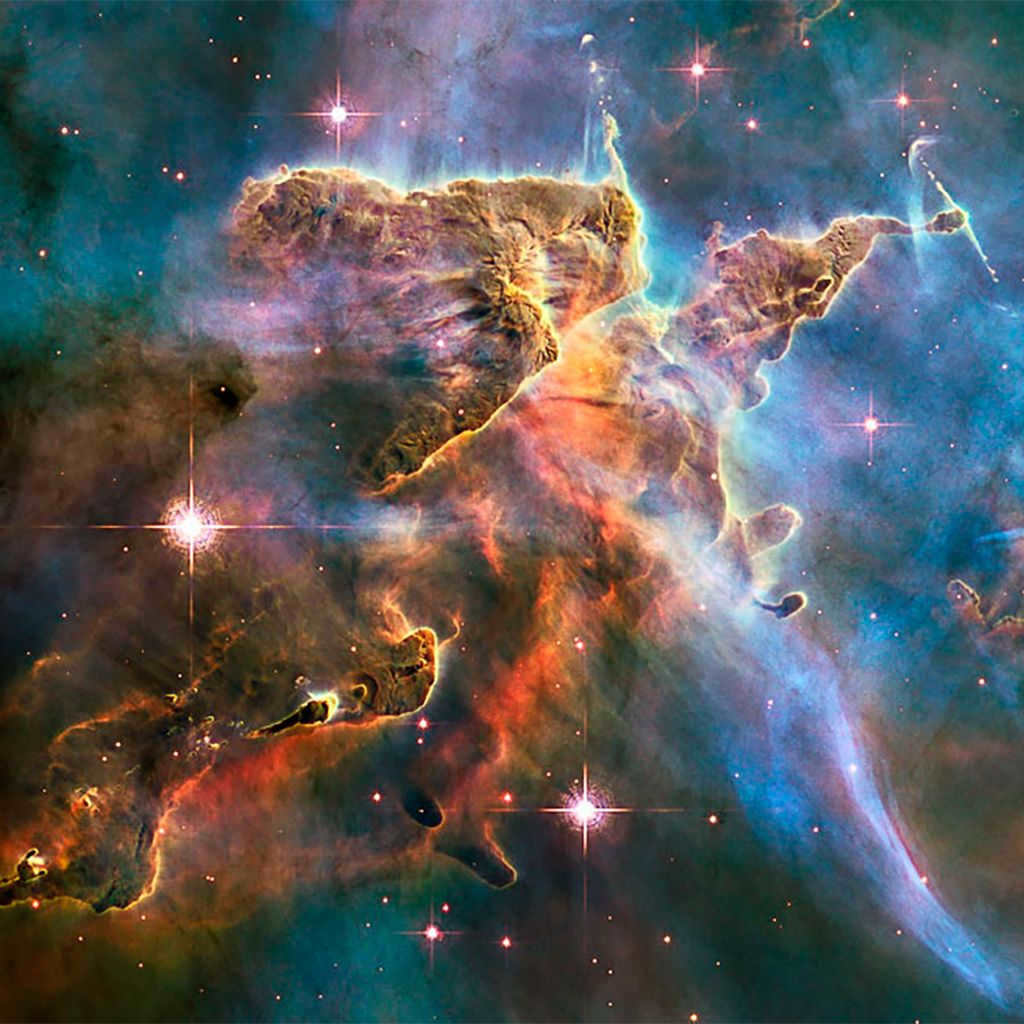
The Kiel Nebula, which was successfully captured by NASA, exhibits incredibly unique and diverse formations. Some individuals perceive certain parts of the nebula as resembling an extended finger, which has led to its name.
The internet contains numerous articles where authors utilize this phenomenon as evidence for the existence of a higher power that governs the universe and all its inhabitants.
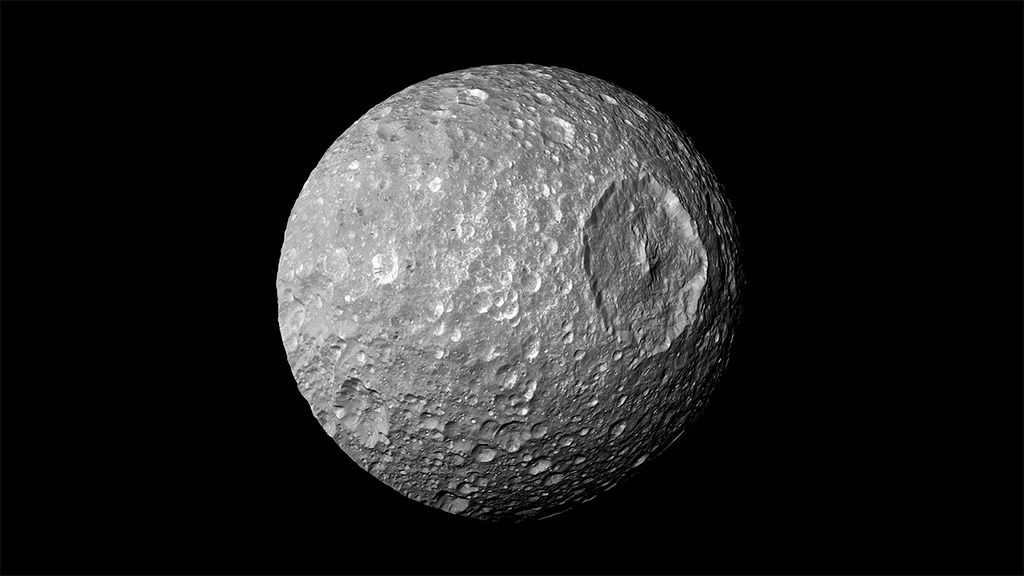
Indeed, it appears to be so!
Several years in the past, the Cassini spacecraft successfully captured another moon of Saturn known as Mimas. It was immediately given the moniker the Death Star.
It truly does bear a resemblance to the space station from Star Wars: Episode IV – A New Hope.” On its surface, there is a massive Herschel crater measuring 130 km in diameter and 10 km in depth, which is the cause for this similarity.
Save this
In November, NASA celebrates “nebula month” – #NebulaNovember. In honor of this, “Hitech” presents the most famous, beautiful, and unusual nebulas.
Discover Haitech’s
Nebulae are among the most sought-after celestial entities. It’s no surprise – they exhibit the most peculiar and extraordinary forms. Moreover, all nebulae possess dual denominations – an official one composed of letters and numbers, and a second one emerging from the scientists’ creativity, who name them based on their external resemblances.
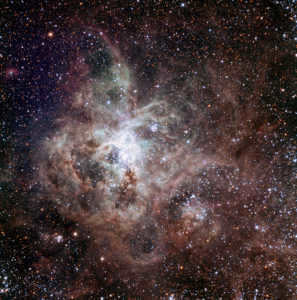
One of the unique characteristics they possess is their ability to serve as both remnants of a deceased star and breeding grounds for emerging celestial bodies. Numerous pictures of remote nebulae have been captured by space observatories like NASA’s Spitzer and Hubble. Here is a glimpse of the most renowned ones.
What is the definition of nebulae?
Nebulae are expansive accumulations of gas and dust that exist in the vast expanse of interstellar space. Some nebulae are formed as a result of the expulsion of gas and dust from a dying star, such as a supernova. Nebulae also serve as nurseries for the birth of new stars, which is why certain nebulae are referred to as “stellar manger” nebulae. They consist primarily of hydrogen and helium, along with dust and gases that are spread out but gradually drawn together by the force of gravity. As these clumps grow larger, their gravitational pull intensifies. Eventually, a clump of gas and dust becomes so massive that it collapses under its own gravitational force. This collapse leads to the heating up of the material at the core of the cloud, resulting in the emergence of a star.
The biggest nebula
The NGC 2070, an emission nebula located in the Goldfish constellation, also known as the Tarantula, holds the record as the largest nebula. It is part of the Large Magellanic Cloud, a companion galaxy of the Milky Way. This nebula serves as a prime example of a “stellar nursery”, a vast area filled with ionized hydrogen where active star formation occurs.
Similar to other nebulae, NGC 2070 originated from a supernova explosion. However, it stands apart from them as a plerion. This means that it is powered by the wind of the pulsar PSR B0531+21.
The most well-known nebula
The Eagle Nebula has provided humanity with one of the most iconic astrophotographs – the Pillars of Creation, the area where new stars are formed.
None of the images captured by the Hubble Space Telescope and shared with the public have generated as much excitement. Having said that, the Pillars of Creation are not an individual entity, but rather a small section of the nebula that brought fame to the Hubble telescope. It is also a region of active star formation and a cluster of stars, making the name quite fitting. Meanwhile, the pillars themselves are gaps in the interstellar gas and dust. They were created by recently formed stars – the four brightest stars in the cluster.
What makes the "Pillars of Creation" truly fascinating is their continued visibility despite their nonexistence. Based on findings from the infrared Spitzer space telescope, it is estimated that a supernova occurred in the vicinity of the Eagle Nebula approximately 6,000 years in the past. As a result, the intense cloud of dust and gas expanded and obliterated the iconic "pillars". However, due to the nebula’s distance of 7,000 light-years from Earth, humans will still be able to witness the presence of the "Pillars of Creation" for another millennium, even though they have long since disintegrated.
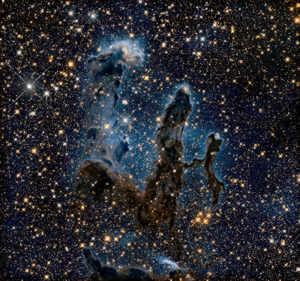
Nebulae are some of the most stunning objects in the nighttime sky. Originally, the term referred to any large astronomical objects where individual stars couldn’t be distinguished. As telescopes advanced, the definition became more specific – now it only applies to areas of cosmic dust, gas, and plasma that absorb or emit light. It’s possible that our understanding of nebulae will once again evolve in the future.
Learn more
An emission nebula, also known as a self-luminous nebula, is a cloud of interstellar gas that emits light in the visible range due to the ionization of its own gas.
Similar to numerous other galaxies, the supermassive black hole situated at the core of the Milky Way is referred to as the Sagittarius A-star. This colossal entity voraciously consumes its own gravitational field, amassing vast quantities of matter within its confines, which continuously infuses into it. Nevertheless, the vicinity surrounding this gravitational whirlpool paradoxically becomes an exceedingly conducive environment for the emergence of novel stellar formations.
“Suicide” asteroid
The space telescope “Hubble” recently observed an extremely rare cosmic event – the spontaneous destruction of an asteroid. Typically, such an occurrence is the result of cosmic collisions or proximity to larger celestial bodies. However, the demise of the asteroid P/2013 R3 due to the influence of sunlight was a rather unexpected phenomenon for astronomers. The increasing impact of the solar wind caused R3 to undergo rotation. Eventually, this rotation reached a critical point and caused the asteroid to fracture into 10 large fragments, each weighing about 200,000 tons. Slowly drifting apart at a speed of 1.5 kilometers per second, these asteroid fragments expelled an astonishing amount of tiny particles.
Extremely massive stars
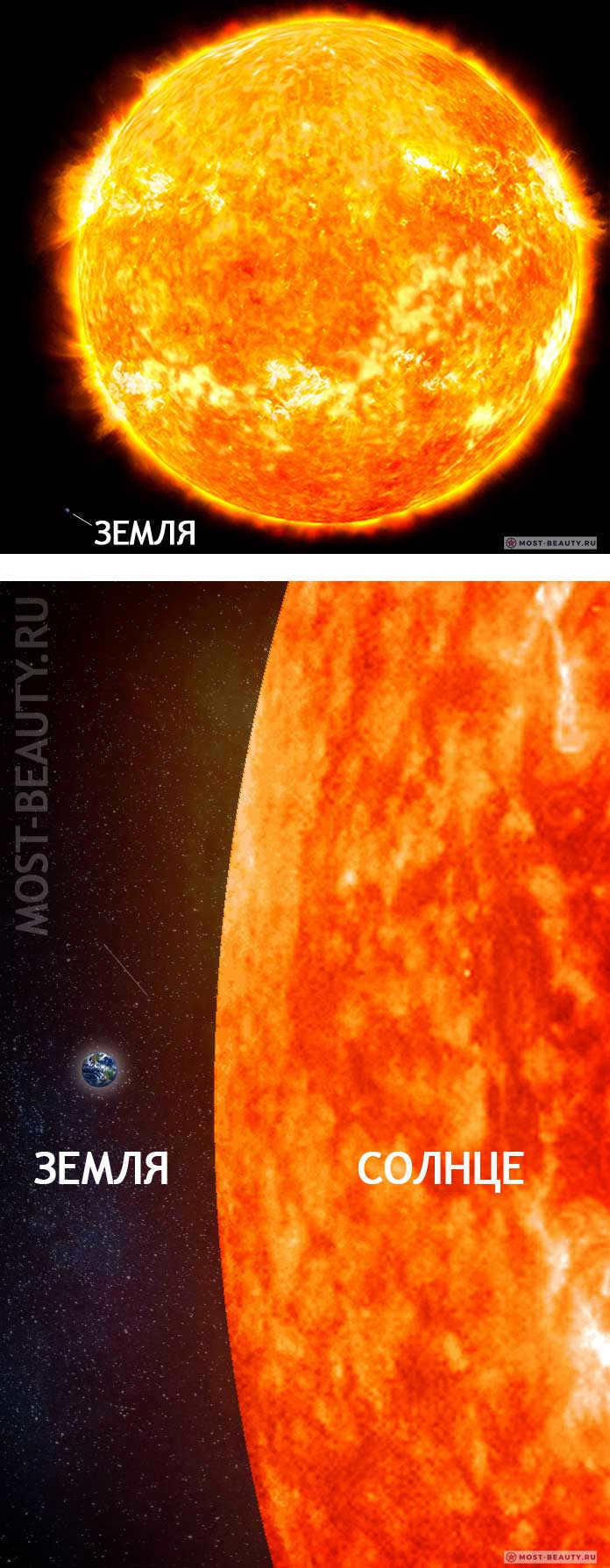
The size of our Sun surpasses that of the Earth by 109 times and accounts for 99% of the total mass of the solar system. When placed together, the Sun and the Earth appear as an insignificant speck.
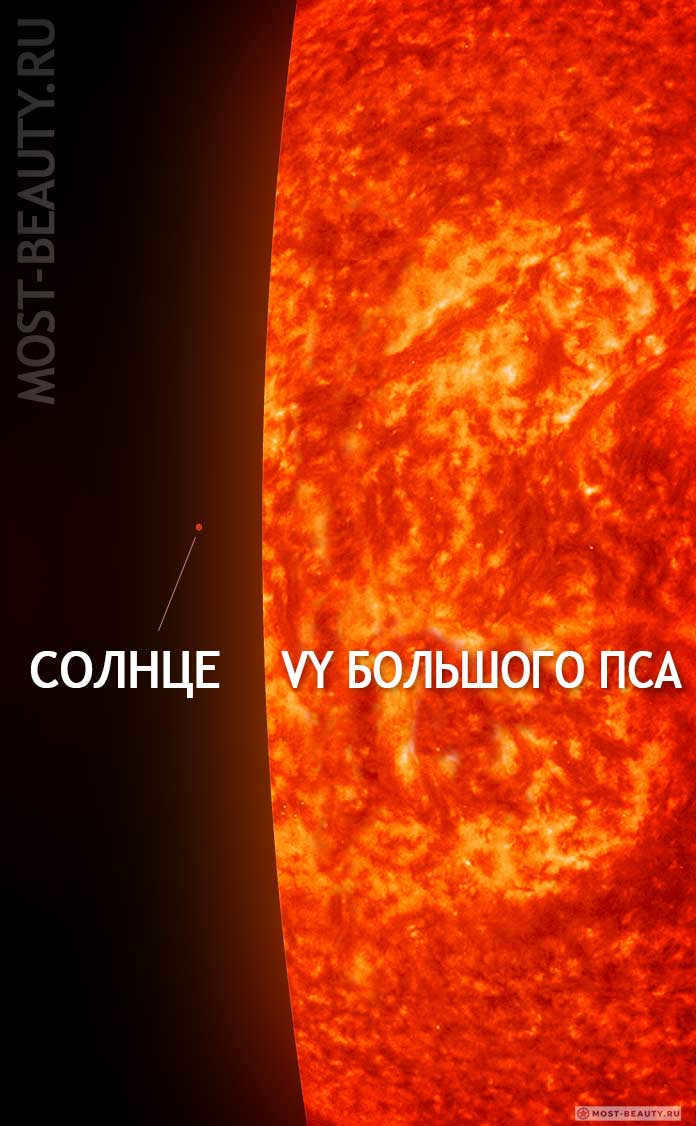
Can you imagine an object that is 1500 times larger than our sun? The star known as VY Canis Majoris is one of the brightest and has a diameter of approximately 1.9 billion kilometers. It is located 3,900 light years away from us.
According to reports, the radius of this star could be as large as 2100 times that of our sun. This means that if VY Canis Majoris were in the place of our sun, its volume would fill the orbit of Saturn, which is 9 times the size of Earth’s orbit. For comparison, if the diameter of VY Canis Majoris were 28 meters (about the height of a 9-storey building), the diameter of the sun would only be about 1.5 centimeters. It is astonishing that, at this size, the star has a mass of 17 times that of our sun.
By the way, if you’re interested in learning more about the most beautiful and unusual stars in the universe, check out our website most-beauty.ru for an interesting article.
The lethal power of a black hole
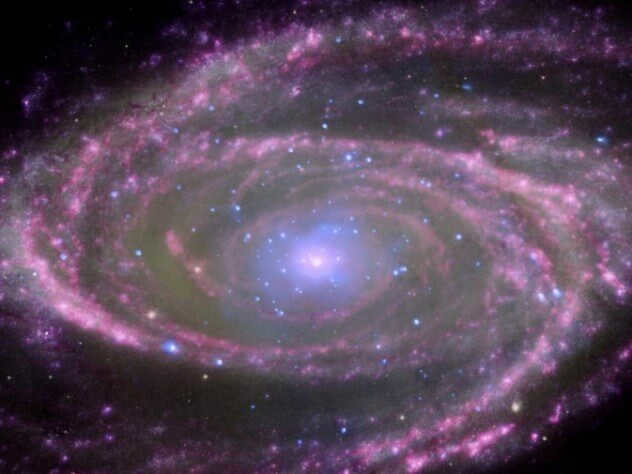
The asteroid that stands out from the rest
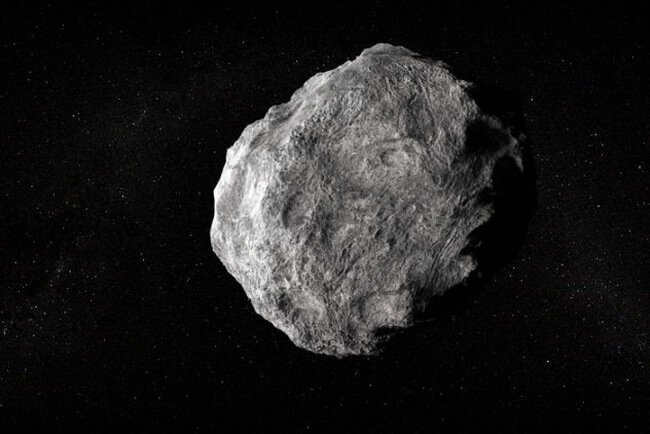
It is the sole asteroid that is recognized for sharing an orbit with a planet concurrently.
Majority of the objects within the solar system travel in a clockwise direction around the Sun, maintaining their motion in accordance with the motion direction of the extensive dust and gas disk that gave rise to them. Nevertheless, the diminutive asteroid 2015 BZ509, which shares an orbit with Jupiter, moves in the opposite direction. It is the only asteroid that is currently known to share an orbit with a planet while concurrently having a contrary direction of travel along that orbit.
Actually, this asteroid was supposed to have been expelled from the solar system a long time ago. Due to its backward motion, it is compelled to move towards Jupiter, which exerts a gravitational force on the asteroid twice during one orbit. However, the diminutive BZ has a diameter of just 3 kilometers, and its orbital trajectory is such that it is outside Jupiter’s orbit during one revolution and inside during the next. This enables the asteroid to counterbalance the gravitational attraction of the planet and sustain a relatively steady path for millions of years.
The current classification of stars
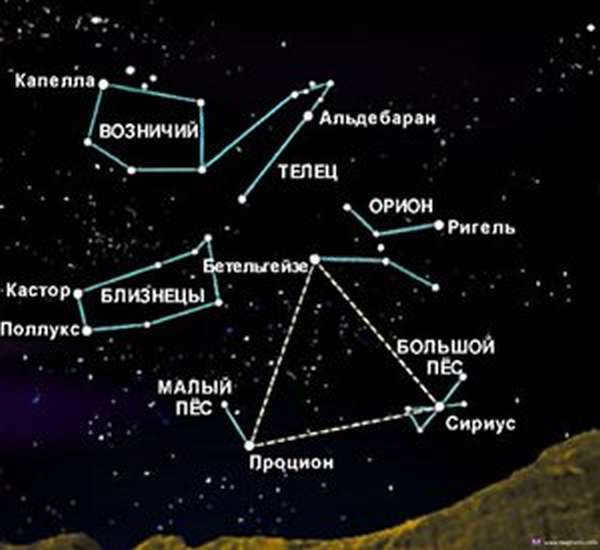
Currently, stars are no longer being designated with beautiful words derived from mythology. Instead, scientists from around the globe are assigning numerical codes to these newly discovered celestial objects. This practice is easily comprehensible, as advancements in optical technology and the development of more potent telescopes have made it feasible to observe even the tiniest star clusters situated in far-off galaxies. Bestowing a unique name upon each individual discovery has become nearly impractical and even futile, given that the list continues to grow incessantly. It is highly unlikely that this circumstance will alter in the foreseeable future.
However, there is an exception to this rule. In the field of astronautics, stars are utilized for navigation as well. And to better remember each necessary point, astronauts, NASA and RosKosmos employees frequently assign them nicknames. It often happens that these invented names are remembered and actively used. There is also another tradition in astronomy – newly discovered objects are often named after the person who first discovered them or after prominent scientists. This is how the stars Krzeminskii and Moiseyev came to be. While the academic community does not officially recognize such names, they are commonly used in popular scientific literature and everyday life.
The official naming of space objects is the exclusive responsibility of the International Astronomical Union (IAU). The IAU strongly denies the widespread misconception that individuals can buy a certificate and personally name a star. Additionally, the IAU is responsible for curating and regularly updating lists of space objects. These lists include two distinct categories dedicated to stars.
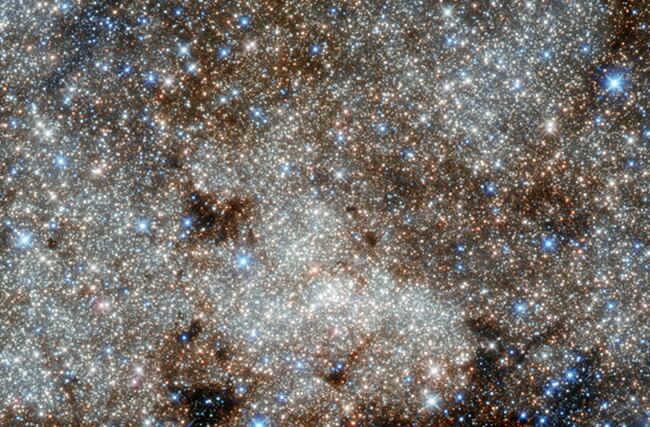
The Stratospheric Observatory for Infrared Astronomy (SOFIA) is a cutting-edge astronomical research facility that is mounted directly onto a modified Boeing 747SP aircraft. Its primary purpose is to study a wide range of celestial events. By operating at an altitude of 13 kilometers above the Earth’s surface, the observatory is able to minimize the impact of atmospheric water vapor, which can interfere with infrared observations.
Recently, the SOFIA telescope played a key role in unraveling one of the mysteries of the cosmos. Many of us who have watched programs about space are likely familiar with the concept of stardust – the building blocks of the universe that make up everything, including ourselves. However, scientists have long been puzzled by how this stardust manages to survive the intense heat and pressure of supernovae, which scatter it across the vastness of space.
By observing Sagittarius A East, a supernova that occurred 10,000 years ago, using its infrared technology, the SOFIA telescope has made an interesting discovery. It has found that the dense gas regions surrounding the star act as a protective barrier, repelling space dust particles and shielding them from the intense heat and shockwave caused by the explosion.
Even if only a small percentage, around 7-20 percent, of the cosmic dust manages to survive the encounter with Sagittarius A East, it would still be sufficient to create approximately 7,000 space objects similar in size to the Earth.
White dwarf pulsar
A white dwarf pulsar is an interesting celestial object characterized by its unique combination of a white dwarf and a pulsar. This phenomenon occurs when a massive star reaches the end of its life and collapses in on itself, leaving behind a dense core known as a white dwarf. In some cases, this white dwarf can still retain a strong magnetic field, which allows it to emit beams of electromagnetic radiation that appear as pulsating signals when observed from Earth.
The discovery of white dwarf pulsars has provided valuable insights into the evolution of stars and the physics of compact objects. These objects exhibit a variety of interesting phenomena, including rapid rotation and the emission of high-energy particles. This makes them a subject of great interest for scientists studying astrophysics and stellar evolution.
One of the most intriguing aspects of white dwarf pulsars is their ability to emit pulsating signals that can be detected from Earth. These signals are thought to be caused by the rotation of the white dwarf and the interaction of its magnetic field with its surrounding environment. By studying the timing and characteristics of these signals, scientists can learn more about the internal structure and dynamics of these objects.
In conclusion, white dwarf pulsars are fascinating celestial objects that offer valuable insights into the physics of compact objects and the evolution of stars. Their unique combination of a white dwarf and a pulsar makes them a subject of great interest for scientists studying astrophysics and stellar evolution. By studying the pulsating signals emitted by these objects, scientists can gain a better understanding of their internal structure and dynamics.
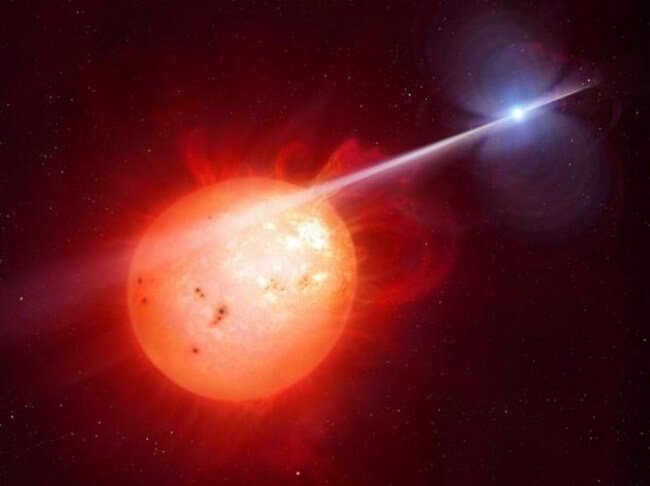
Its size is comparable to that of the Earth, but it contains 200,000 times more material.
White dwarfs are typically the remnants of stars that were once similar to our Sun. However, the AR system of Scorpius is a remarkable exception. The white dwarf in this system emits streams of hot radioactive beams and behaves more like a powerful pulsar.
The AR Scorpius system itself consists of two stars, with a red dwarf that is about a third more massive than our Sun. It is located approximately 1.4 million kilometers away from its stellar companion. The orbital period of both stars is only 3.6 hours.
AR Scorpius is a behemoth in comparison to its fellow star, the red dwarf. While it may be similar in size to the Earth, it boasts an astounding 200,000 times more mass. What truly sets this dwarf apart is its magnetic field, which is a staggering 100 million times more potent than that of our own planet. As a result, the dwarf emits rays that traverse the companion star, propelling the electrons in its outer layers to velocities approaching that of light. This mesmerizing spectacle occurs every two minutes, putting on a breathtaking display.
The China Space Station Telescope (CSST) Xuntian, also known as the Celestial Sentinel, is a self-governing orbital module equipped with an optical telescope.
Scheduled for launch in 2024, Xuntian will orbit the Earth in synchronization with the Chinese module station. It will have the capability to periodically approach and dock with the station for necessary repairs and instrument changes by the crew.
With its large lens, the Sky Sentinel rivals the Hubble telescope in size. However, the Chinese telescope offers a view that is 300 times larger with the same level of high resolution. With its wide field of view, it will be able to observe up to 40% of the celestial space over a span of ten years.
The China Space Station telescope will primarily observe in the near ultraviolet and visible light spectrums, while also studying the properties of dark matter and the formation and evolution of galaxies.
Middle Space
There is currently no known phenomenon that can travel faster than light in nature, making light speed the fastest known speed. The distance traveled by light in one year is used as a unit of measurement for objects in close proximity to our planetary system as well as those that are far away. For example, it takes light about two years to reach the edge of our solar system, and it takes 4.25 light years to reach the nearest star in Centauri. The famous Polaris star is located 460 light years away.
We have all fantasized about the possibility of time travel, whether it’s traveling to the past or the future. While traveling to the past may not be possible in reality, we can still experience a glimpse of the past by simply looking up at the night sky filled with distant and infinitely distant stars.
We observe all celestial objects in their ancient past, and the more distant the object we observe, the further back in time we are able to see. As light travels from a faraway star to reach us, so much time elapses that the star may no longer exist in the present moment!
Our galaxy spans a width of 100,000 light-years and has a thickness of approximately 1,000 light-years. These distances are incredibly challenging to comprehend and nearly impossible to accurately measure. Our planet, along with its moon and other celestial bodies in the solar system, orbits around the center of the galaxy every 225 million years and completes one revolution in 150,000 light-years.
The Chandra X-ray Space Observatory
The Chandra Observatory is a specialized telescope that was created with the purpose of detecting X-rays emitted from extremely hot areas within the Universe. These areas include exploding stars, galaxy clusters, and the matter surrounding black holes. The observatory was given its name in honor of Subrahmanyan Chandrasekar, an esteemed astrophysicist who made significant contributions to the study of white dwarfs during the 20th century. The observatory is considered to be one of NASA’s highly regarded Great Observatories.
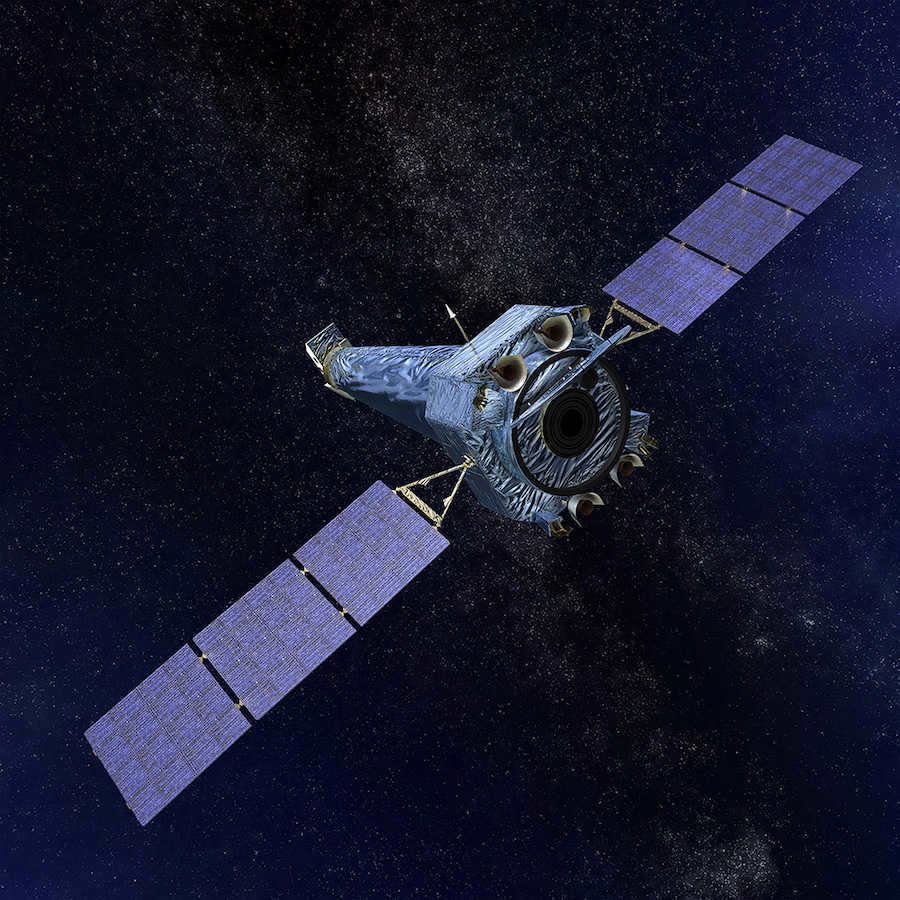
Launched on July 23, 1999, the telescope known as “Chandra” was initially expected to have a lifespan of five years. However, it has surpassed all expectations and become the longest-running astronomical mission without the need for any servicing missions.
Thanks to “Chandra,” scientists have been able to capture and study thousands of space objects and phenomena, greatly enhancing our understanding of the structure and workings of the universe. The telescope has provided valuable insights into the remnants of exploded stars, the presence of black holes throughout the cosmos, the behavior of dark matter during galaxy collisions, and much more.
Chandra’s Notable Achievements
One of Chandra’s notable achievements is capturing the first image of the Cassiopeia A supernova remnant, revealing a perplexing entity at its core that may be a neutron star with rapid rotation or a black hole.
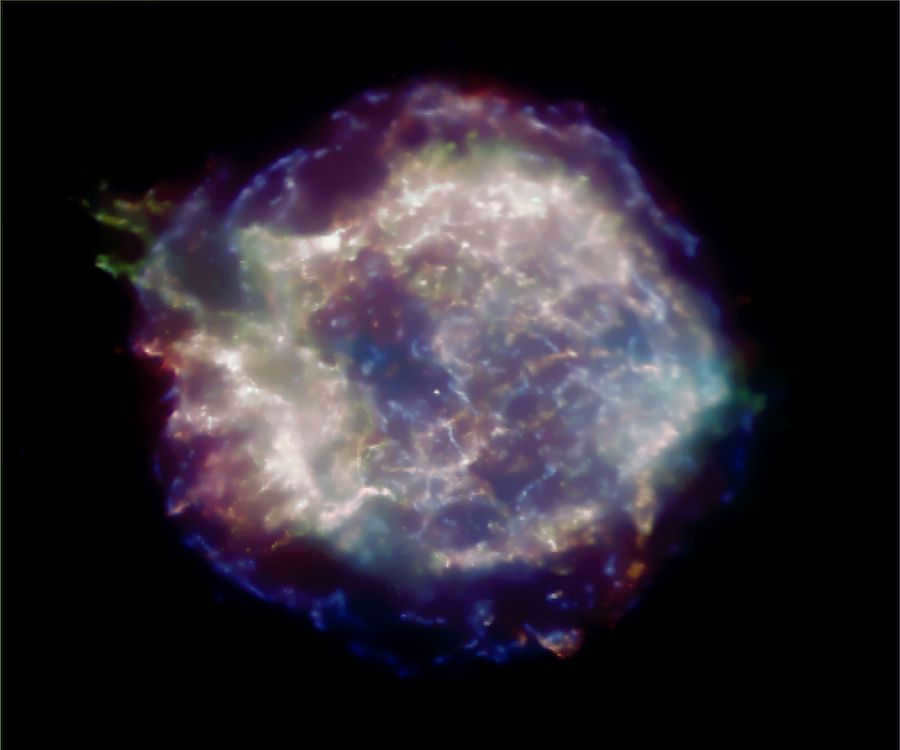
Here is an image of the supernova remnant known as Cassiopeia A.
(Photo credit: John Hughes et al. (Rutgers), NASA/CXC/SAO)
- In the Crab Nebula, shock waves surrounding the central pulsar were identified, which were not visible to other telescopes.
- By utilizing the Chandra X-ray Observatory, scientists have refined the Hubble constant, a crucial value that determines the rate at which the Universe is expanding.
- The collision of galaxy superclusters has provided substantial evidence for the existence of dark matter.
- Thanks to data obtained from the telescope, scientists have observed the largest X-ray flare ever detected from a supermassive black hole located at the center of the Milky Way galaxy.
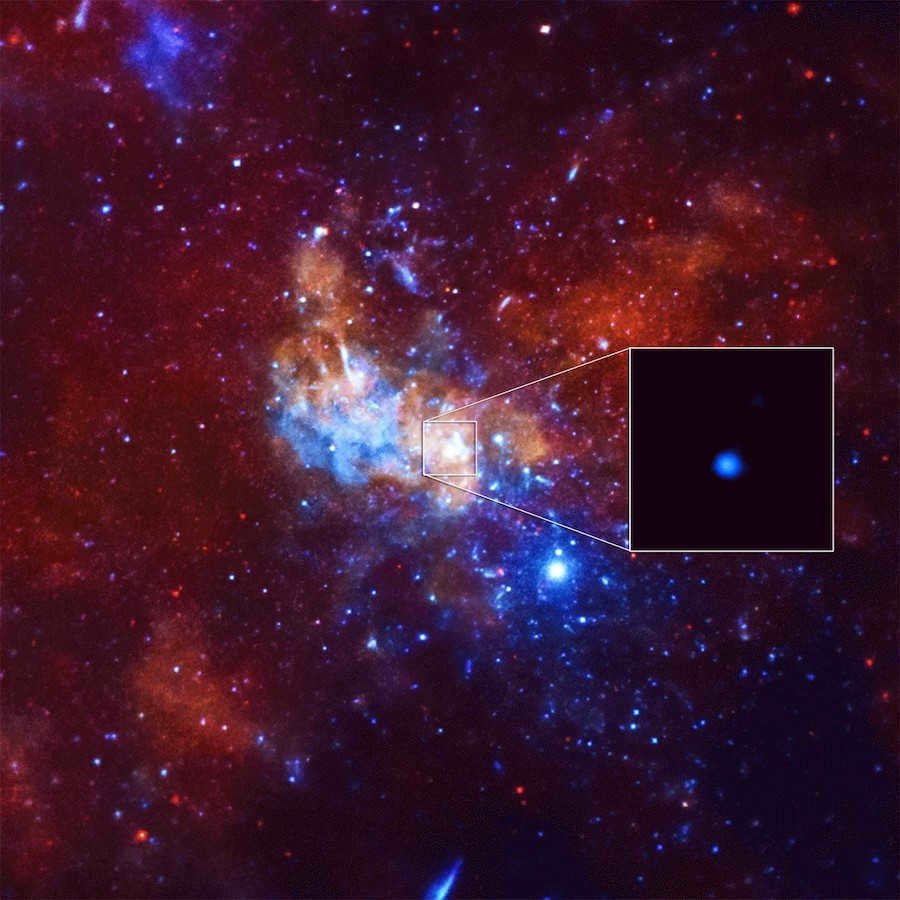
The center of our galaxy is home to the remarkable Sagittarius A * – a supermassive black hole with a mass estimated to be around 4.5 million times that of our Sun.
- Scientists have made an intriguing discovery based on images of the supernova remnant W49B, which appears to indicate the presence of a recently formed black hole in the Milky Way galaxy.
- In the M82 galaxy, researchers have uncovered a previously unknown type of black hole.
To stay updated on the latest news and developments surrounding “Chandra,” be sure to check out our YouTube channel, Instagram, and Twitter.
Paranal Observatory
Photo: European Southern Observatory
Established in 1999 in Chile, the Paranal Observatory forms an integral part of the European Southern Observatory (ESO) complex, which is renowned as one of the most esteemed astronomical research organizations globally.
Let’s take a chronological glimpse at the observatory:
Located in the Atacama Desert at an altitude of 2,635 meters above sea level, which is equivalent to the height of eight Eiffel Towers, the observatory is equipped with a range of telescopes, including the highly advanced Very Large Telescope, one of the most powerful optical instruments for observing the cosmos. The Very Large Telescope is made up of four telescopes with mirrors measuring 8.2 meters in diameter, as well as four additional movable auxiliary telescopes with a diameter of 1.8 meters. Together, these telescopes form an interferometer that separates electromagnetic light radiation into beams. By utilizing this impressive telescope, just one hour of observations can generate images of celestial objects at a magnitude of 30 stars, allowing us to see objects that are four billion times dimmer than what the human eye can perceive.
This telescope has already made a significant contribution to the exploration of outer space. Utilizing its capabilities, scientists were able to capture the initial images of exoplanets, monitor the motion of stars surrounding a black hole, and witness the afterglow of the most distant gamma-ray burst ever recorded in 2005.
Additionally, the observatory provides accommodations for astronomers stationed there, complete with an expansive garden, swimming pool, gymnasium, and restaurant. The luxurious facilities even served as a filming location for the James Bond film Quantum of Solace.
For those interested, the European Southern Observatory website offers a captivating virtual tour of the premises, showcasing the impressive array of colossal telescopes.
The Hubble Deep Space Field is a photograph captured by the Hubble telescope which displays numerous far-off galaxies. However, upon gazing into the seemingly vacant expanse within the Eridanus constellation, there is an absence of any discernible objects. Absolutely nothing. Merely a vast, ebony void extending billions of light-years across. Nearly every “void” within the nocturnal firmament presents glimpses of galaxies, although they may appear indistinct. We possess several techniques to aid in the identification of potential dark matter, yet they too prove unproductive when directed towards the Eridanus void.
One theory that has sparked controversy suggests that there exists a supermassive black hole within the void, around which neighboring galactic clusters are rotating. The combination of this high-speed rotation and the “illusion” of an expanding universe is believed to be at play. Another theory proposes that all matter will eventually come together to form galactic clusters, leaving drifting voids in between.
However, these theories fail to account for a second void recently discovered by astronomers in the southern night sky. This void is estimated to be approximately 3.5 billion light-years wide, posing a challenge even to the Big Bang theory. According to this theory, the universe has not been in existence long enough for such a colossal void to have formed through ordinary galactic drift. Perhaps one day, these enigmatic aspects of the universe will be understood, but for now, they remain like seeds in a glass, waiting to be nurtured.
Distances to objects in the vicinity
When we watch live broadcasts from distant parts of the world, we often don’t think about the distances involved. The television signal reaches us almost instantaneously. Even from our satellite, the Moon, radio waves travel to Earth in just one and a half seconds. However, when we consider objects that are even farther away, we are immediately amazed. Can it really be that it takes light only 8.3 minutes to reach us from the seemingly close Sun, and a staggering 5.5 hours from icy Pluto? And all this while traveling at a speed of almost 300,000 kilometers per second! It’s mind-boggling to think that a beam of light would take 4.25 years to reach the same Alpha star in the Centaurus constellation.
Even when it comes to nearby space, our usual units of measurement are not quite suitable. While we could measure distances in kilometers, the numbers would be so large that they would be difficult to comprehend. Instead, it is customary to measure distances within our solar system in astronomical units.
Now the vast distances between the planets and other celestial bodies in our solar system won’t seem as daunting. The distance from our star to Mercury is a mere 0.387 astronomical units, and to Jupiter it’s 5.203 astronomical units. Even the most remote planet, Pluto, is only 39.518 astronomical units away.
When it comes to the Moon, we have pinpoint accuracy in measuring its distance. This was achieved by placing corner reflectors on the lunar surface and utilizing laser location techniques. The average distance to the Moon is 384,403 kilometers. However, the solar system extends much further than the orbit of the farthest planet. In fact, it stretches a staggering 150,000 astronomical units to the outer reaches. Even these astronomical units start to become mind-boggling. Other units of measurement become more appropriate when dealing with the vast distances of space and the enormity of our universe.
For many centuries, people believed that the Earth was the center of the universe, with all the stars and planets revolving around it. This geocentric model of the world, developed by the Greek scientist Ptolemy in the 2nd century B.C., persisted for over 1500 years.
In 1453, a Polish astronomer named Nicolaus Copernicus challenged this belief and presented evidence that the Earth, along with the other known planets (six in total at that time), actually revolves around the Sun. However, it wasn’t until the 17th century that this heliocentric theory gained acceptance, as the church deemed it heretical and opposed its supporters.
One such supporter was Giordano Bruno, an Italian monk. In 1584, Bruno published a study in which he proposed that the universe is infinite and that the Sun, like other stars, is simply much closer to Earth. The Inquisition captured Bruno and condemned him to death by burning at the stake for heresy.
Galileo Galilei, an Italian scientist, was another supporter of Copernicus. He invented the first telescope, which allowed for the observation of the Moon’s craters, sunspots, the identification of Jupiter’s four satellites, and the understanding that planets orbit on their own axis. In order to avoid a fate similar to Bruno’s, Galileo was compelled to renounce his beliefs.
In the 17th century, Johannes Kepler, a German astronomer, discovered the laws of planetary motion. He successfully established a correlation between a planet’s rotational speed and its distance from the Sun. These ideas were later embraced by Isaac Newton, a renowned English physicist and the creator of the theory of universal gravitation.
During the 18th and 19th centuries, advancements in optics led to the development of more advanced telescopes, enabling scientists to gain a deeper understanding of the solar system. This progress resulted in the identification of the planets Uranus and Neptune.
In 1951, the Soviet Union achieved a significant milestone by successfully launching the first artificial satellite into Earth’s orbit. This event marked the commencement of the Space Age, a period dedicated to the practical exploration of our solar system.
In 1961, Yuri Gagarin made history as the first human to venture into space, while in 1969, the Apollo 11 spacecraft carried astronauts to the Moon.
In the 1970s, numerous spacecraft were sent by both the Soviet Union and the United States to investigate the planets Mars, Venus, and Mercury. Additionally, the Voyager 1 and Voyager 2 spacecraft, which were launched in the 1980s, collected valuable information about Jupiter, Saturn, Uranus, Neptune, and their moons. The Hubble Space Telescope, which has been orbiting the Earth since 1990, has played a crucial role in studying the solar system.
Currently, space agencies from different nations are making plans for a manned mission to Mars. This would undoubtedly be the most significant milestone in the history of solar system exploration. Nevertheless, humanity is still in the early stages of its journey into space exploration.
The void is an interesting location. Not exactly a location, but rather a space. So immense, awe-inspiring, truly mind-blowing, if the concept of “the void” can be mind-blowing. Contemporary astronomy unveils numerous astonishing findings annually, one of which being the identification of vast empty areas in space referred to as “voids”.
What information do we have about the Void of Volopassus? It is a vast empty space, spanning approximately 300 million light-years, situated within the Volopassus constellation. The central point of this area is located 700 million light years away. This void is positioned directly in front of the two known galaxy clusters within this constellation. It was first discovered in 1981 by a group of scientists including Robert Kirchner, August Omler Jr, Paul Schechter, and Steven Schectman. During their examination of three small sections of the sky in this region, they observed a significant expanse of space devoid of any galaxies. In 1983, it was confirmed that this empty space was indeed the void. The Voyd Volopas map was subsequently published in a research paper in 1987. Other astronomers who studied the Void of Volopassus did find individual galaxies within it. In their 1987 scientific paper, J. Moody, R. Kirchner, G. Macalpine, and S. Gregory listed eight galaxies that they discovered within the void. Then, in 1988, M. Strauss and John Huhra announced the identification of three more galaxies, followed by G. Oldering, G. Botun, Robert Kirchner, and R. Marzke announcing the discovery of fifteen additional galaxies in 1989. By 1993, a total of 27 galaxies were known to exist within this void, and this number grew to 60 by 1997. Nonetheless, this remains a relatively small number considering the vast size of this space, as regions of the Universe of similar scale typically contain thousands of bright galaxies. Most of the galaxies found in the Void of Volopassus are located on its periphery. In theory, individuals situated in the center of this void would observe only darkness, with no visible stars. It is a somber location that captivates explorers and stargazers alike, inspiring contemplation of the distant cosmos.
What Defines a Space Body and its Characteristics?
A space body refers to any object in the universe that possesses certain characteristics. The Earth, for instance, is one such cosmic body that has the ability to reflect light.
Within our solar system, all visible bodies reflect the light emitted by stars. However, it’s important to note that there are numerous objects in space, ranging from large to small and even tiny. The classification of cosmic bodies includes these objects, with the smallest ones being cosmic dust, which measures around 100 microns. Cosmic dust is formed as a result of gas emissions following explosions in planetary atmospheres.
Astronomical objects display a wide range of sizes, shapes, and positions in relation to the Sun. To aid in categorization, some of these objects are grouped together based on common characteristics.
Hypervelocity stars
The velocity of hypervelocity stars is extremely high, surpassing the rotational velocity of their host galaxy. These stars can reach speeds of 1000 kilometers per second or more, and so far, only 20 of them have been detected by scientists.
There are various mechanisms that can contribute to the formation of hypervelocity stars. One common scenario is the ejection of a star from a binary or trinary star system, resulting in a significant increase in velocity. Additionally, some single stars can acquire such high speeds when they come into close proximity with a black hole.
The hypervelocity star, US 708, holds the distinction of being the fastest star in our galaxy, boasting an incredible speed of 1,200 kilometers per second. The question arises: what could have propelled it to such astonishing velocities? The answer lies in its past as part of a binary star system, where two stars orbited each other at an extremely close distance. Over time, one star cannibalized the other, absorbing its mass until it reached a critical point and exploded, propelling US 708 to its unprecedented speed. Inevitably, this hypervelocity star will eventually depart from our galaxy.
But can a star accelerate even further? In theory, yes. Scientists hypothesize that when a star comes in close proximity to a system containing two supermassive black holes, it could potentially reach speeds of tens of thousands of kilometers per second. Just imagine the possibilities. And if such a star were to have a planetary system harboring intelligent life, one can only speculate on the extraordinary experience of being intergalactic travelers!
TESS (Transiting Exoplanet Survey Satellite) is a space telescope that has been specially designed to search for exoplanets using the transit method, which involves detecting the slight decrease in brightness that occurs when a planet passes in front of its host star. It was developed by scientists at MIT as part of NASA’s Small Research Program.
This incredible telescope was launched into space on April 18, 2018, aboard a SpaceX Falcon 9 rocket. TESS is particularly noteworthy because it is the first NASA Astrophysics satellite to be launched under a contract with SpaceX.
The telescope carries out its observations from a highly elliptical near-Earth orbit (HEO). What makes this mission unique is that it is the first time that the gravitational pull of the Moon has been used to help stabilize the spacecraft’s trajectory.
During its inaugural year, the telescope conducted observations of the celestial sphere’s southern hemisphere. The sky was divided into 13 sectors, with TESS devoting 27 days to each sector. On July 18, 2019, the initial phase of the mission reached its culmination. Following the same approach, the telescope then operated in the Northern Hemisphere for a year. Starting in August 2020, the spacecraft commenced an extended mission projected to endure until September 2022.
As a consequence, TESS has surveyed approximately 75% of the sky, detecting approximately 66 confirmed exoplanets and capturing indications of over 2,100 candidate planets circling nearby luminous stars. In the future, the James Webb Telescope will investigate these candidate planets to determine their potential for sustaining life.
TESS’s Notable Accomplishments
On September 18, 2018, MIT’s Chelsea Huang and her team made an exciting announcement: they had discovered the first exoplanet using the TESS telescope. This exoplanet can be found in the Pi Mensae star system, which is approximately 60 light-years away from our own planet.
Take a look at this NASA video highlighting TESS’s early achievements.
- NASA made another groundbreaking announcement on April 15, 2019: TESS had found its first Earth-sized planet. This planet, named HD 21749c, has a diameter that is 89% of Earth’s and orbits a K-type star called HD 21749. Located 53 light-years away in the constellation Reticulum, this star has a mass that is 70% of our Sun’s. HD 21749c is likely to be extremely hot, with surface temperatures reaching up to 427 °C.
- TESS announced the detection of TOI 700 d on January 6, 2020, marking the first time an Earth-sized exoplanet in the habitable zone has been discovered. TOI 700 d is located 100 light-years away in the Dorado constellation and orbits the star TOI 700.
- In January 2021, researchers identified TYC 7037-89-1 as the first six-star system ever observed with all stars participating in eclipses.
The newly found six-star system, TYC 7037-89-1, is composed of three pairs of stars.
For updates on TESS missions, visit the NASA Exoplanets page at . The telescope also has an account at .
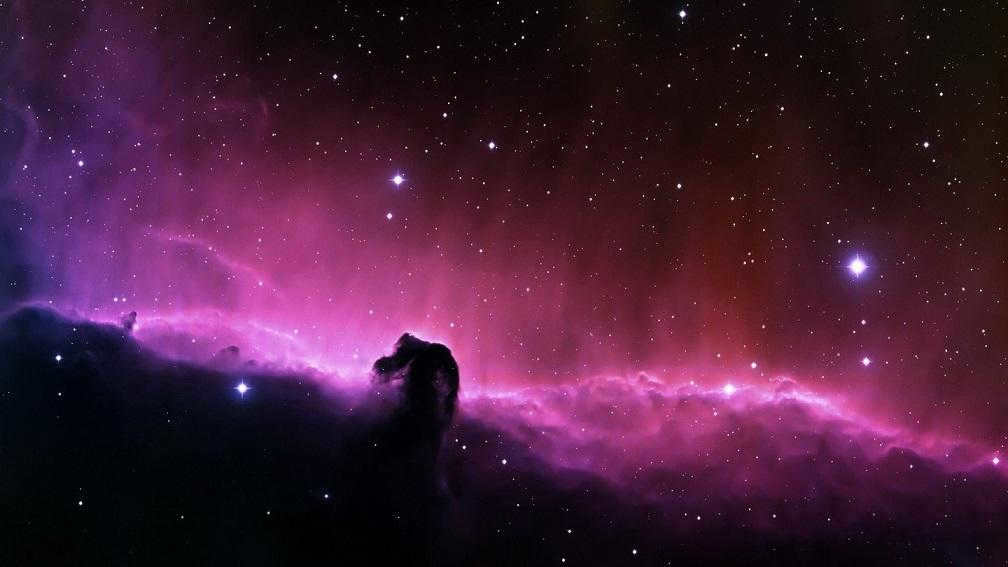

Among the main branches of onomastics, which deals with the study of proper names, astronymics and cosmonymics stand out as the most recent. These fields began to flourish in the latter half of the 20th century, coinciding with humanity’s entry into a new era of space exploration and research. As our knowledge of space objects grew more extensive and significant than ever before, researchers naturally turned their attention to not only the celestial bodies themselves but also their names.
The field of science is relatively young, which has led to some confusion in terminology. In many twentieth-century works on the study of names, the terms cosmonimics and astronymics were used interchangeably to refer to the branch of study that focuses on the names of cosmic objects in a broad sense, including planets, galaxies, nebulae, stars, constellations, comets, and more. However, in modern times, these two terms have been given distinct meanings.
Cosmonimics is now recognized as the science of naming specific zones of outer space and clusters of celestial bodies. These zones and clusters encompass galaxies, nebulae, star systems, and constellations. The specific names assigned to them are referred to as cosonyms, and the collection of such names is known as cosmonymy.
Here are some examples of cosmonyms: Milky Way and the Large Magellanic Cloud (galaxies), Horsehead (nebula), Orion, Little Bear, Scorpius, Sextant. (constellations), the Oort Cloud (a hypothetical region of the solar system, the source of comets), Solar System, etc.
Astronymics is the study of the proper names of individual, “point” cosmic objects: stars, planets, comets, asteroids, etc. In this case, the proper names are called astronyms, and their collection is known as astronymy (not to be confused with astronomy!).
Here are some examples of astronyms: Vega, Altair, Sun, Antares (stars), Earth, Jupiter, Neptune, Mars. (planets), Phobos., Moon, Ganymede. (planetary satellites), Halley’s comet., etc.
However, there is still some debate over the terminology used in the field of onomastics related to space. It is possible that the current terms will be reinterpreted in the future.
Planetonyms
In onomastics, there are also planetonyms, which are the names given to natural features (such as craters, regions, mountains, hollows, etc.) on different planets. These proper names are categorized based on the planet they are associated with:
- Selenonyms – names of objects on the Moon (derived from the Greek name for the Moon, Σελήνη, Selene): craters like Armstrong, Lomonosov, Kurchatov, Jules Verne; regions like Sea of Tranquility, Ocean of Storms, Sea of Moscow, Cordilleras, Alps;
- Venusonyms – names of objects on Venus (derived from the Latin name of Venus Venus): Hecate Canyon, Hangepivi Canyon, Arooru Canyon, Ulfrun region.;
- marsionyms – names of objects on Mars: Great Northern Plain, Plain of Utopia, Olympus, Mariner Valleys, Lambert Crater;
- mercurionyms – proper names of natural objects on Mercury: craters Goya, Turgenev, Dürer, Imhotep, Ferdowsi.; Odin’s Plain, Northern Plain;
- geonyms (geotoponyms) – names of natural and physical objects on Earth (in comparison with objects on other planets): Pacific Ocean, East European Plain, Himalayas, Black Sea.
Note. The term geonym has other meanings unrelated to space. It can refer to the names of geological formations and horizons, for example: Olonets Diabase Formation.
Unique names are also assigned to natural objects found on planetary satellites. For instance, there is the Enkidu Crater on Jupiter’s moon Ganymede, as well as the Pelion Trench on Mimas, a moon of Saturn, among many others. The field of planetary exploration is constantly evolving, and it is expected that the list of planetonyms will significantly expand in the future.
Please note: For a comprehensive collection of planetonyms, one can explore the Google Maps service. To do so, simply switch to the “Globe” mode while viewing the satellite map, and then zoom out as much as possible. This will reveal the “Space” menu on the left side, providing access to maps of various celestial bodies within the solar system.
There are two main categories of cosmonyms and astronyms: folk and scientific, depending on their origin.
Folk names were assigned to celestial objects that could be seen from Earth without the aid of any instruments. These types of names have been in existence since ancient times when people used the positions of celestial bodies to determine time, navigate, and plan their agricultural activities. Folk astronyms and cosmonyms are unique to each language and often have different variations. They were typically created based on the resemblance between celestial objects and various objects in the surrounding world. These names reflected the ancient people’s worldview and way of life. For instance, the names of the Milky Way among northern peoples often derived from nouns that meant ‘ski trail’ or ‘sledge trail’.
Both visible cosmic objects and those discovered with the help of telescopes are assigned scientific names. These names, known as astronyms and cosmonyms, have an international character and have been officially approved by the International Astronomical Union since 1922. They are mostly artificial in nature.
Scientific astronyms and cosmonyms are created based on various sources, including:
- names of gods and other characters from ancient mythology;
- female names;
- surnames of astronomers;
- surnames of famous individuals;
- terrestrial toponyms;
- various concrete and abstract proper nouns.





